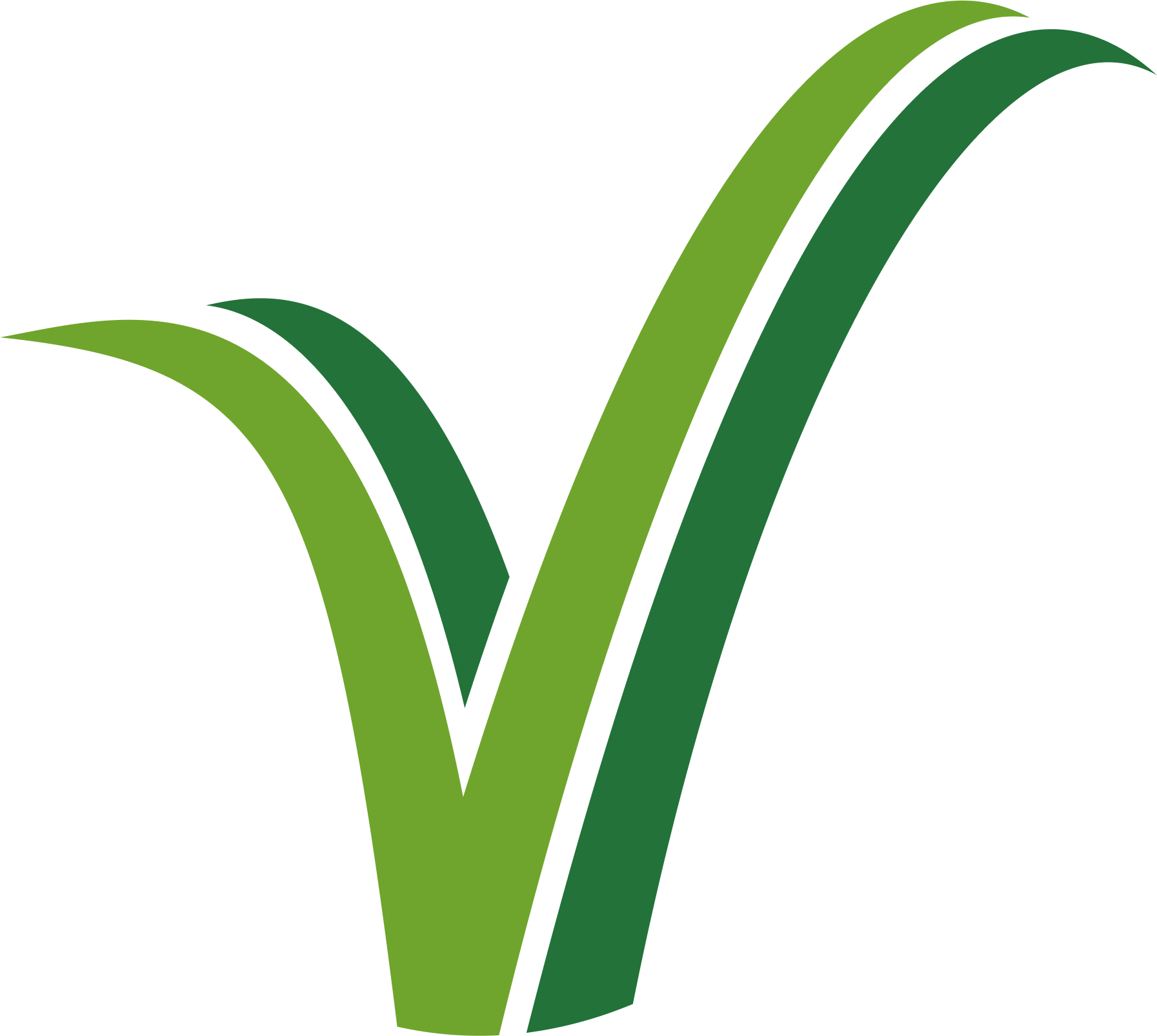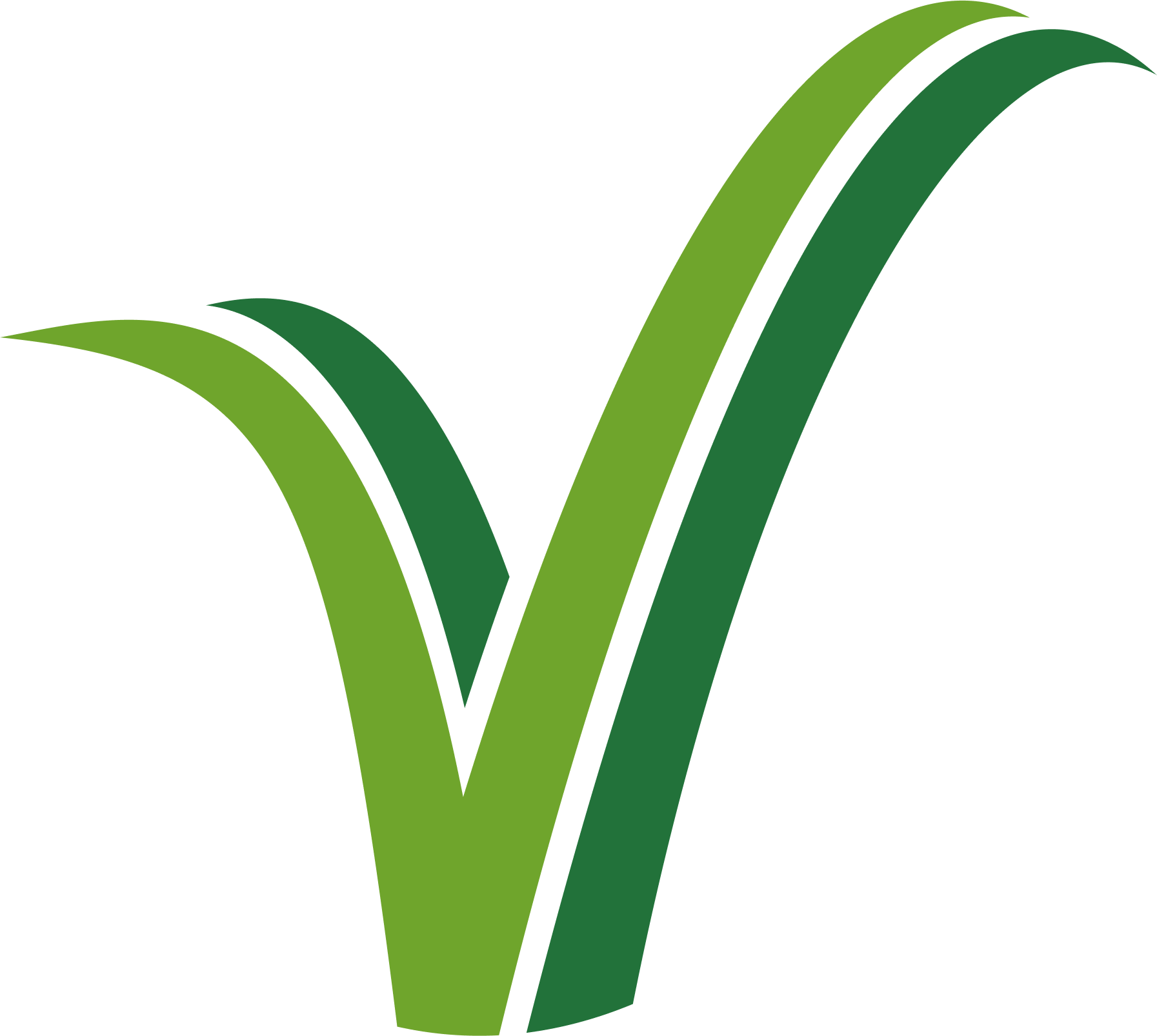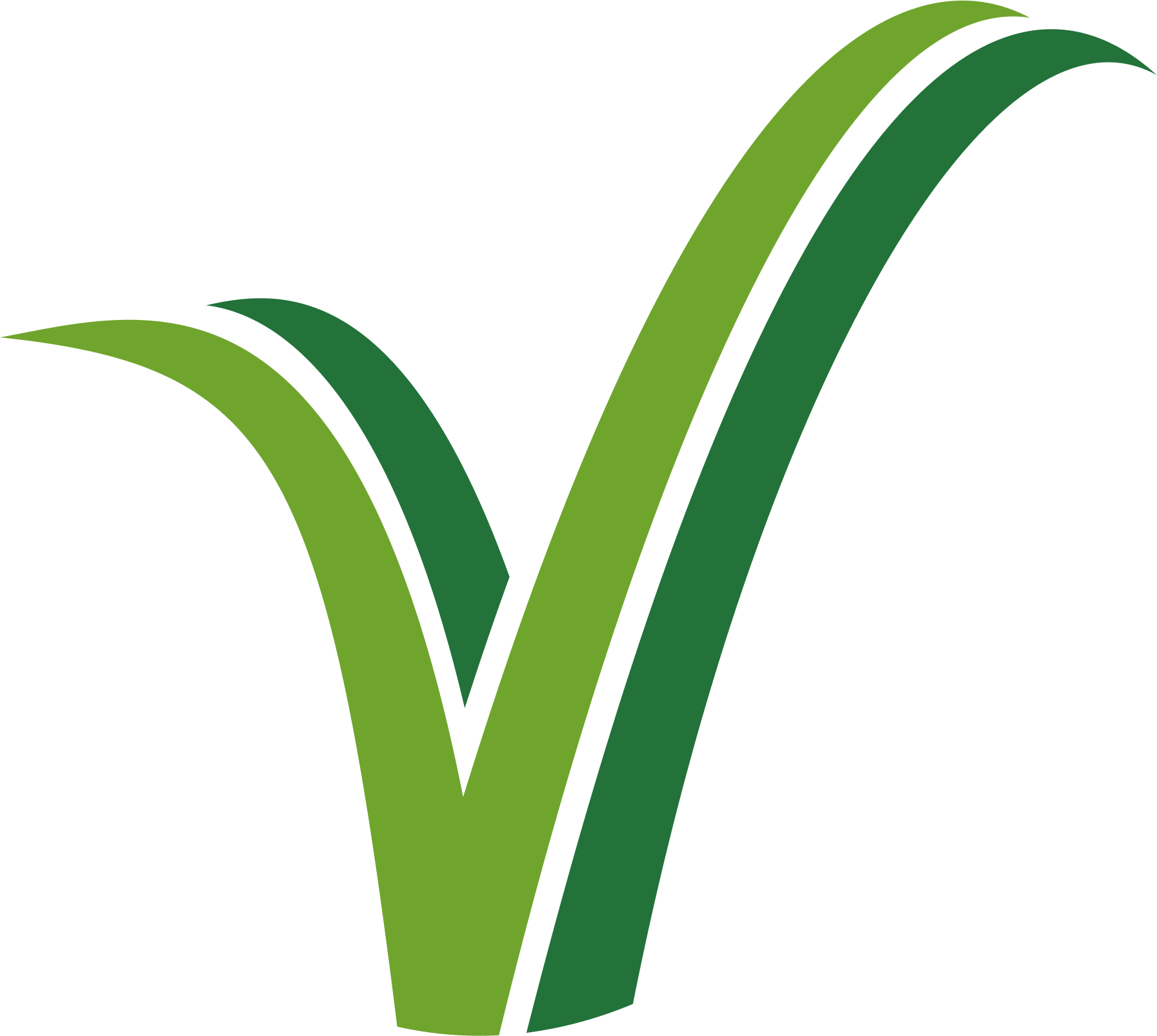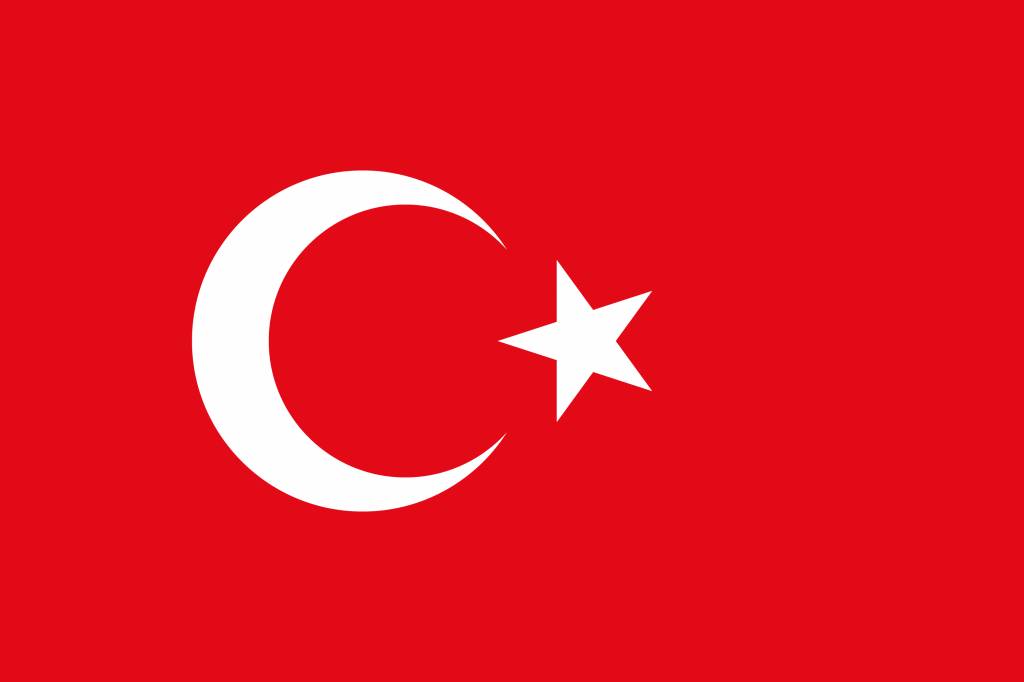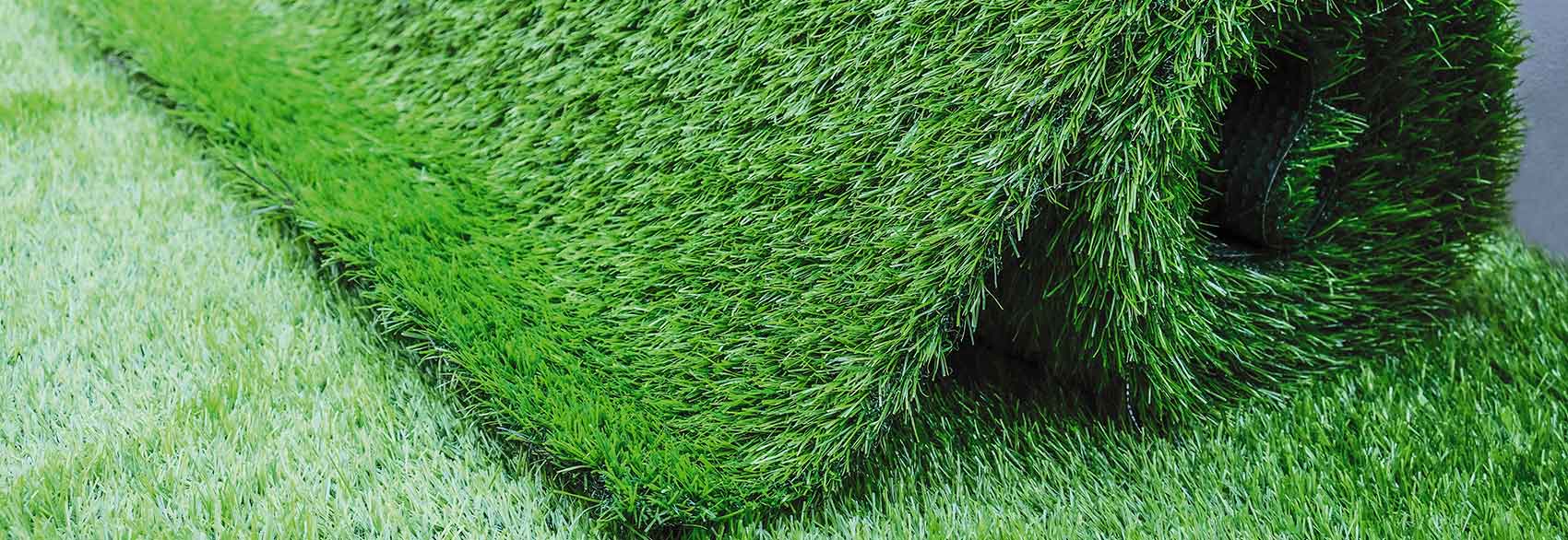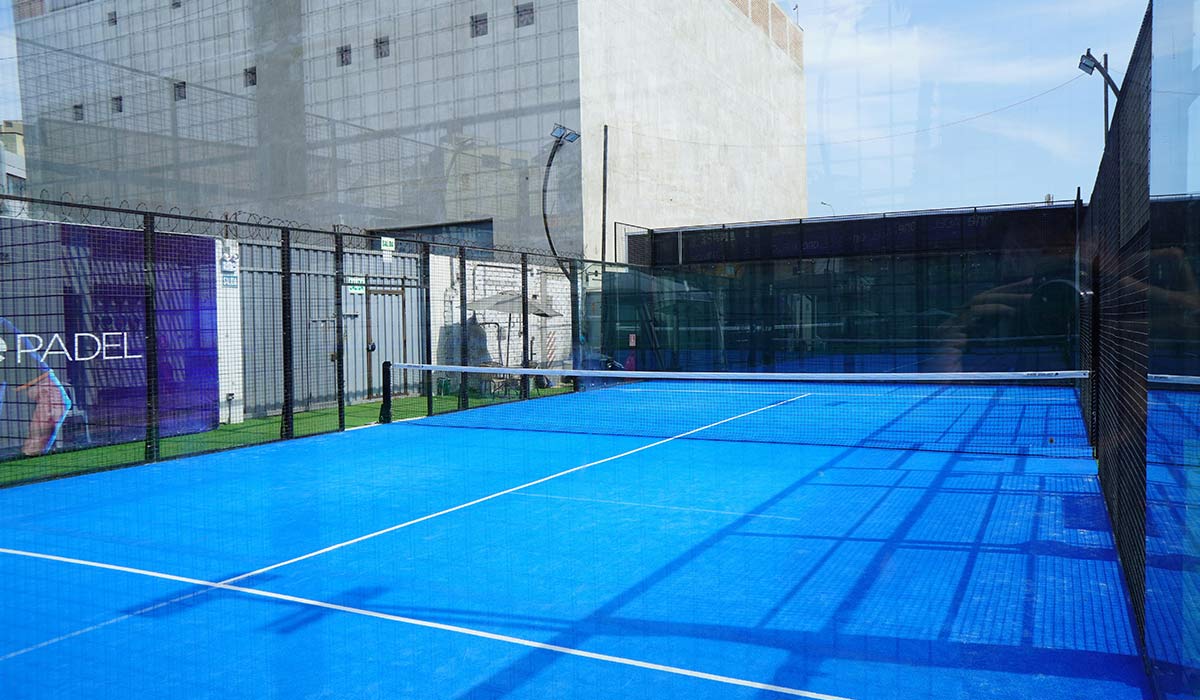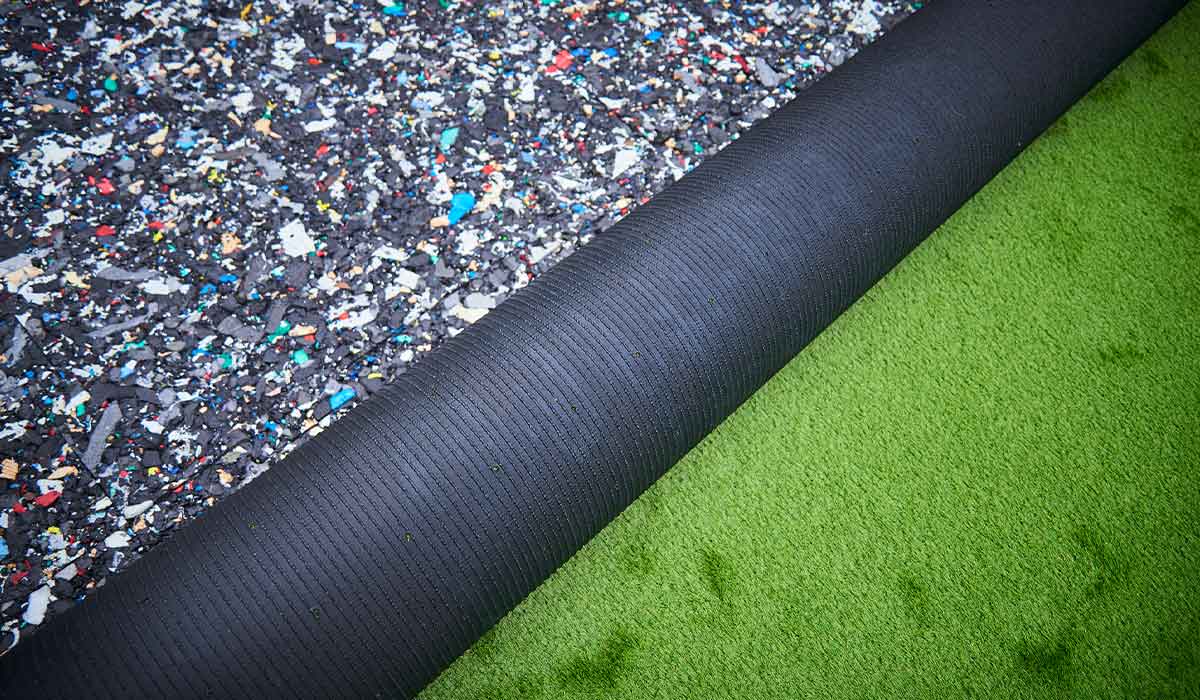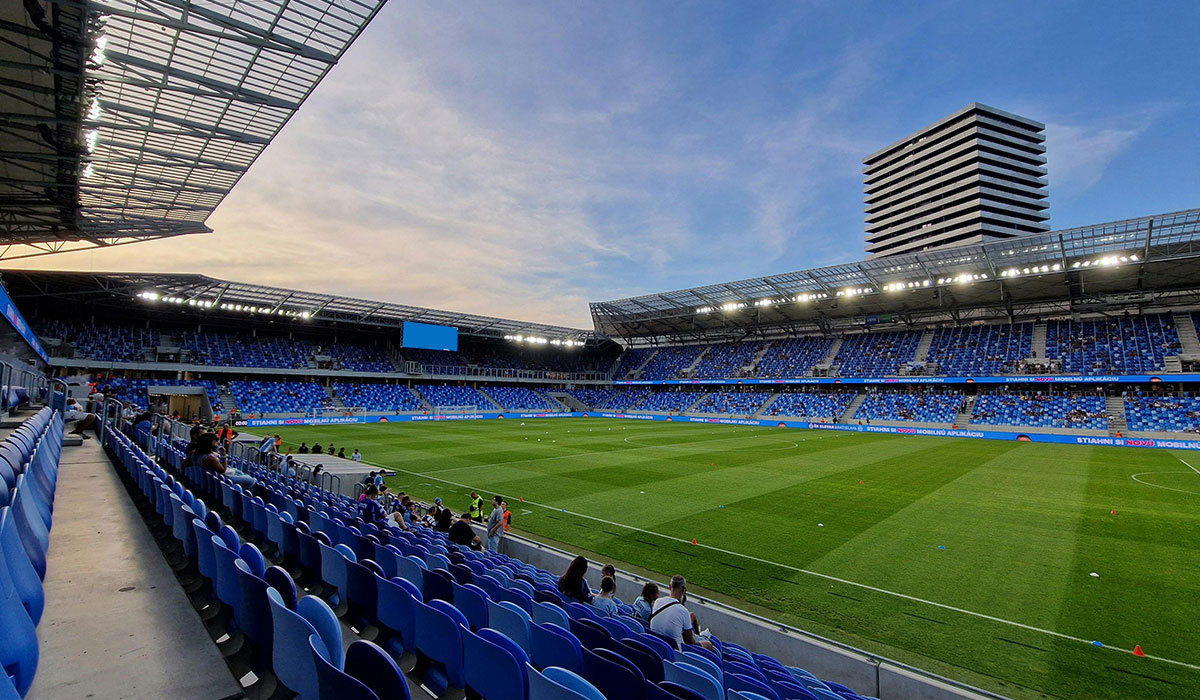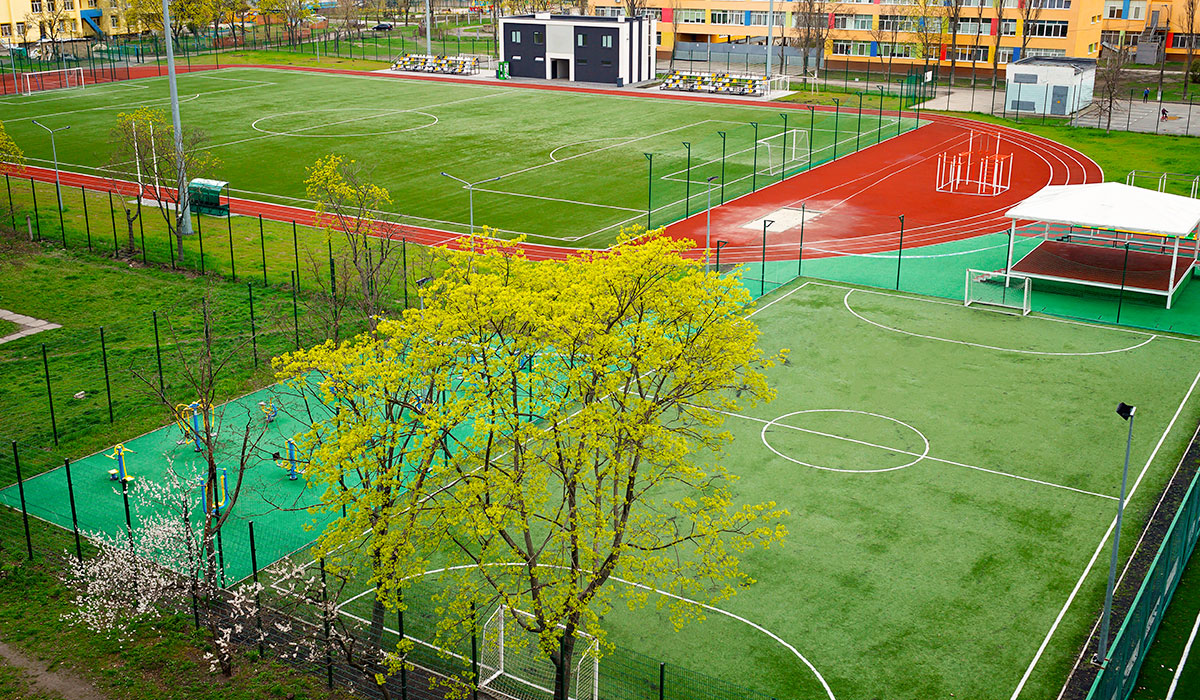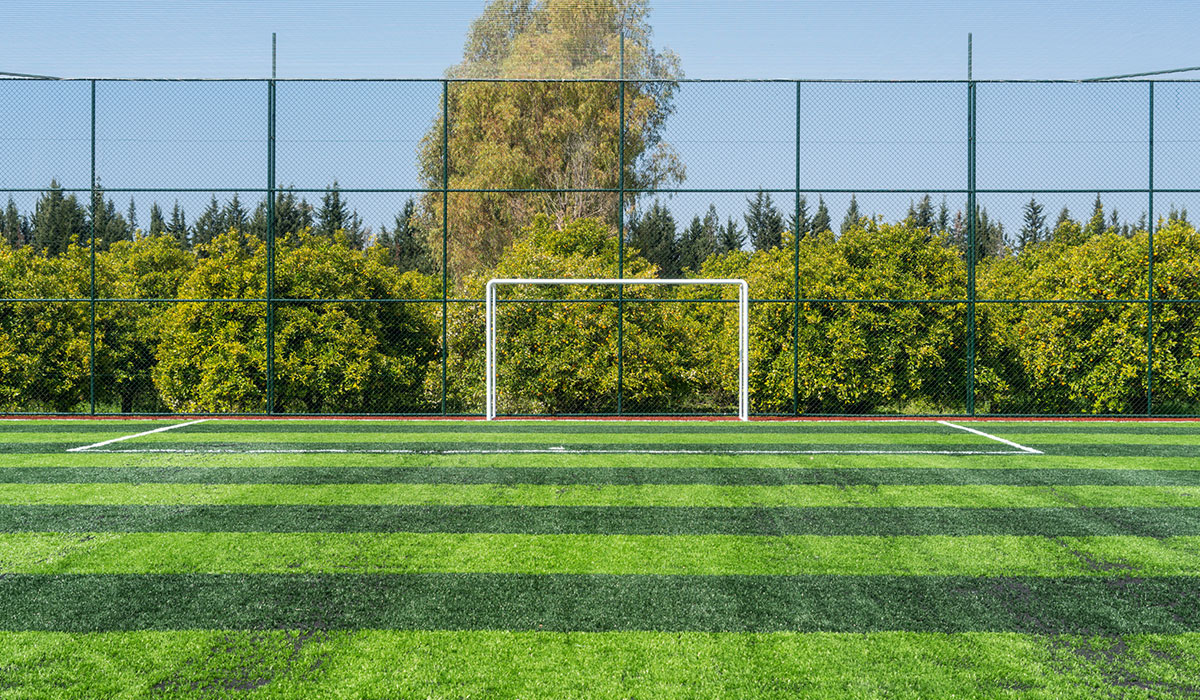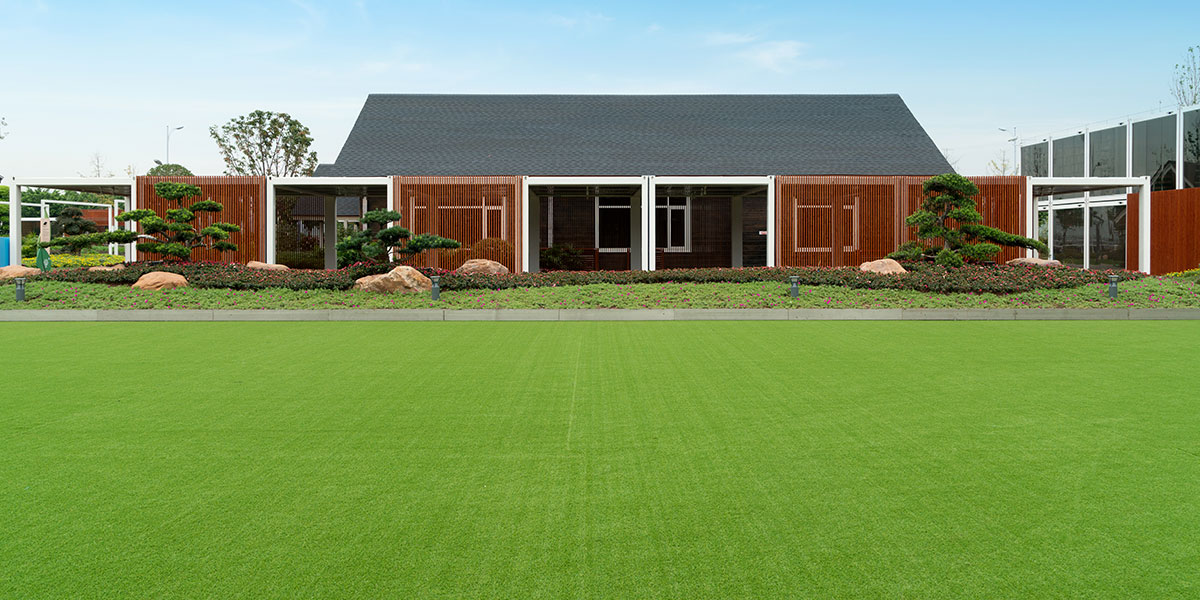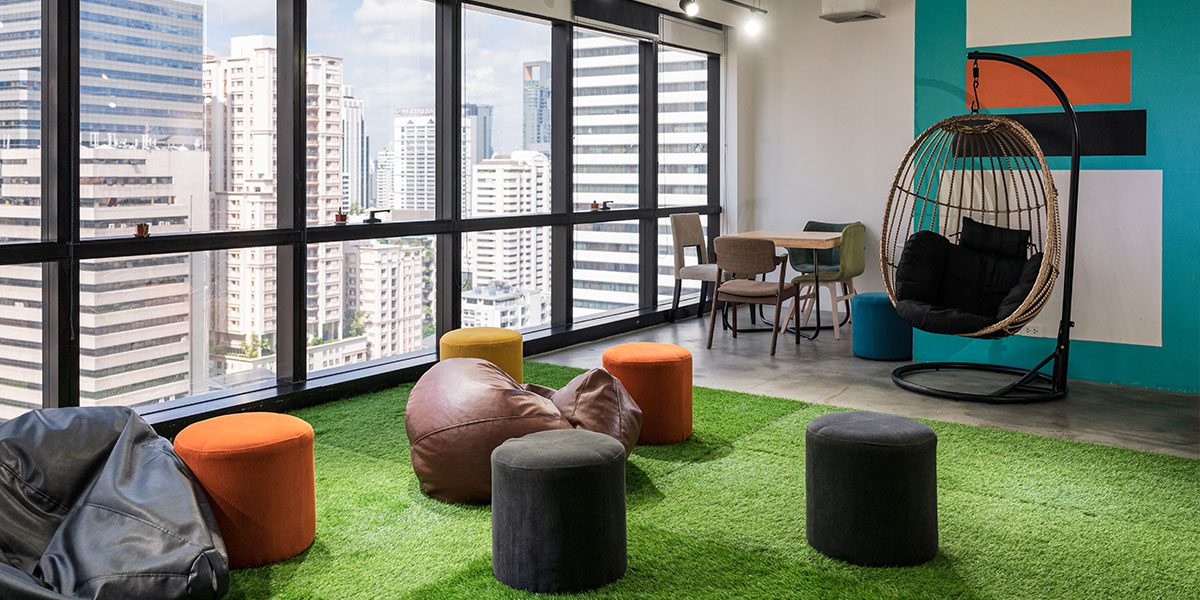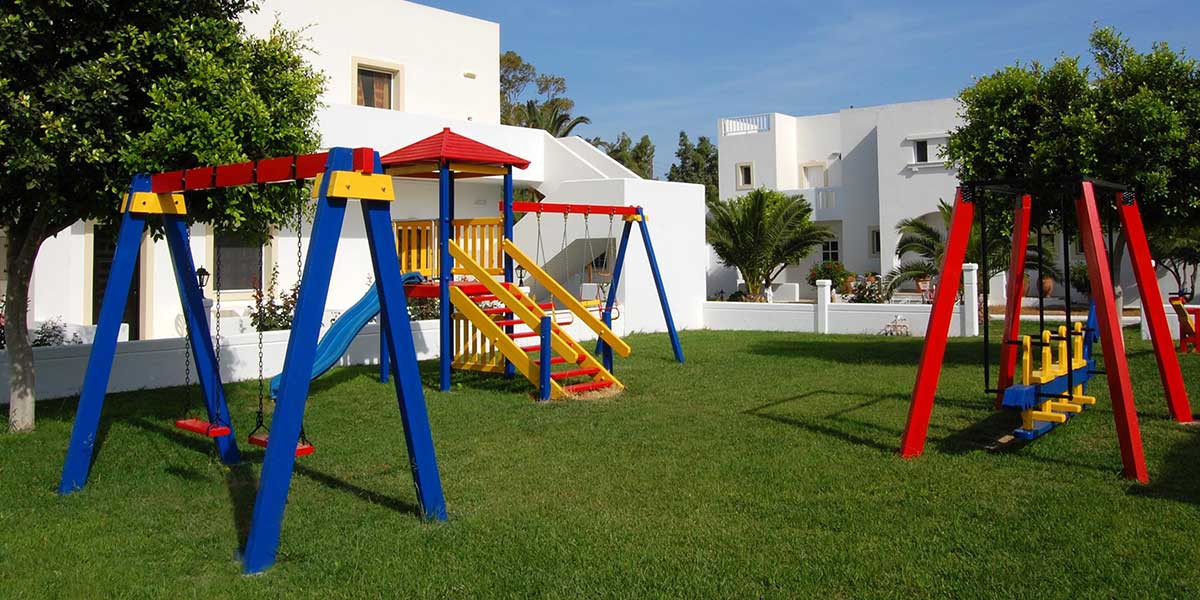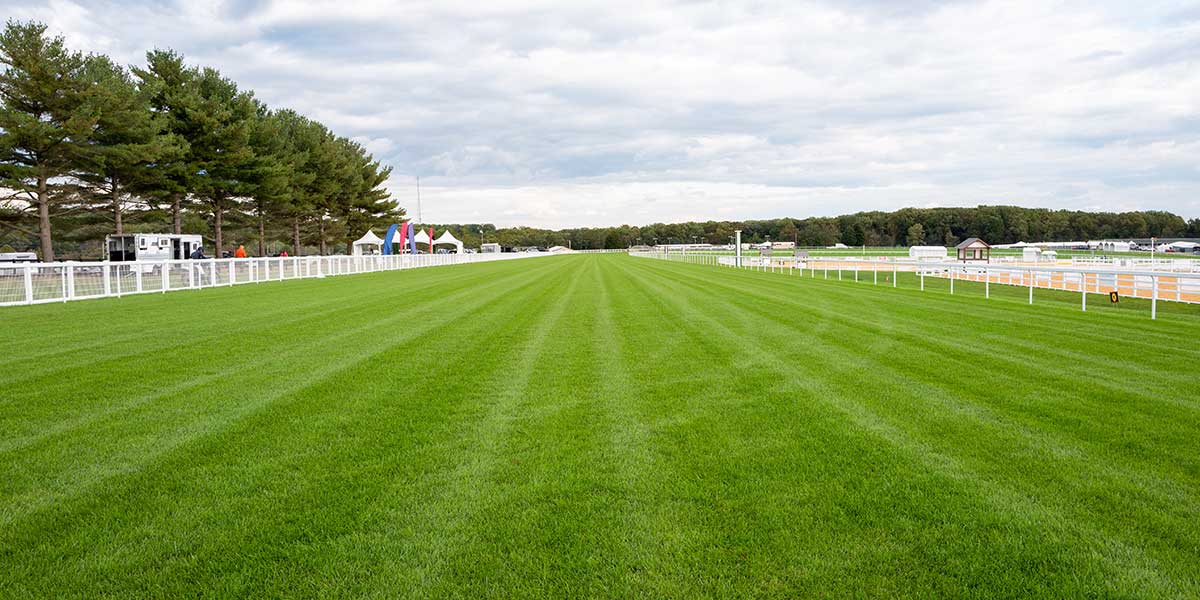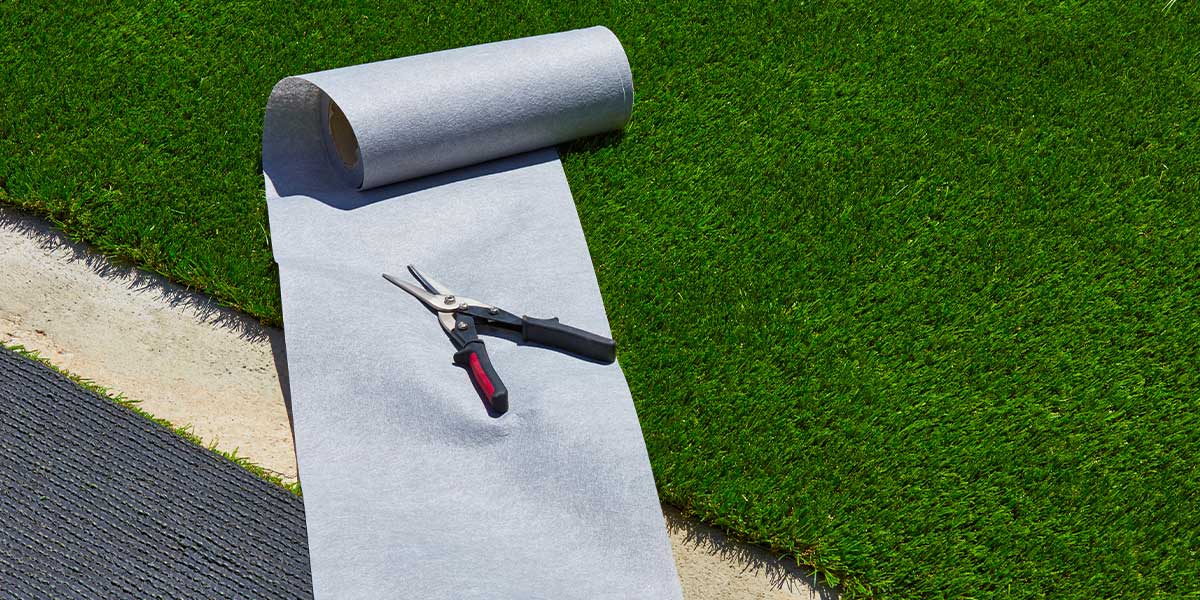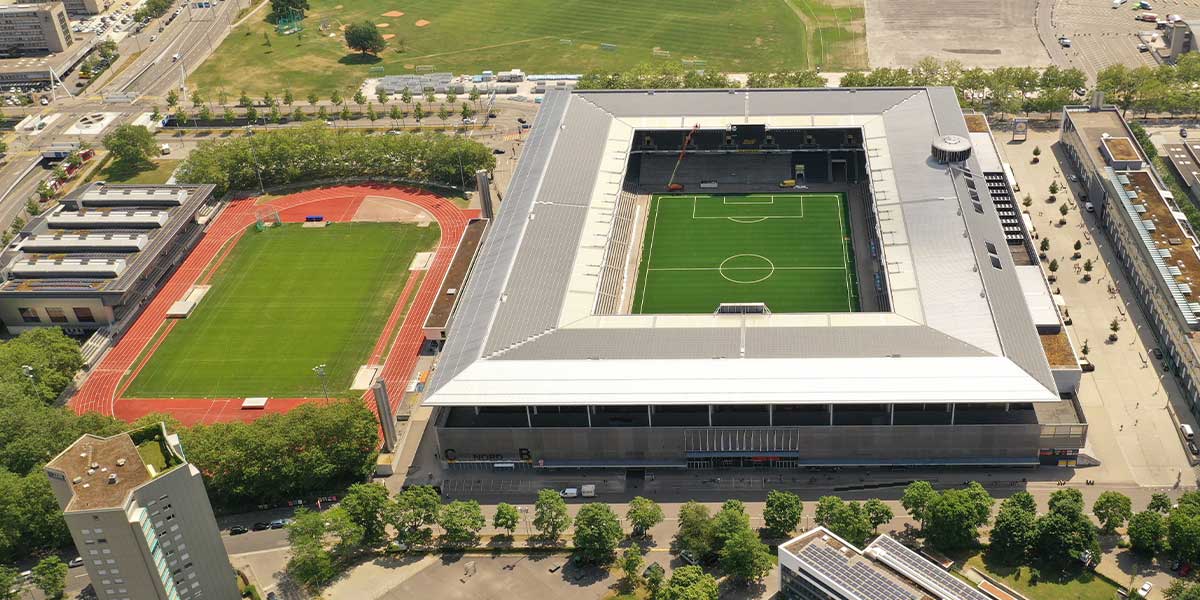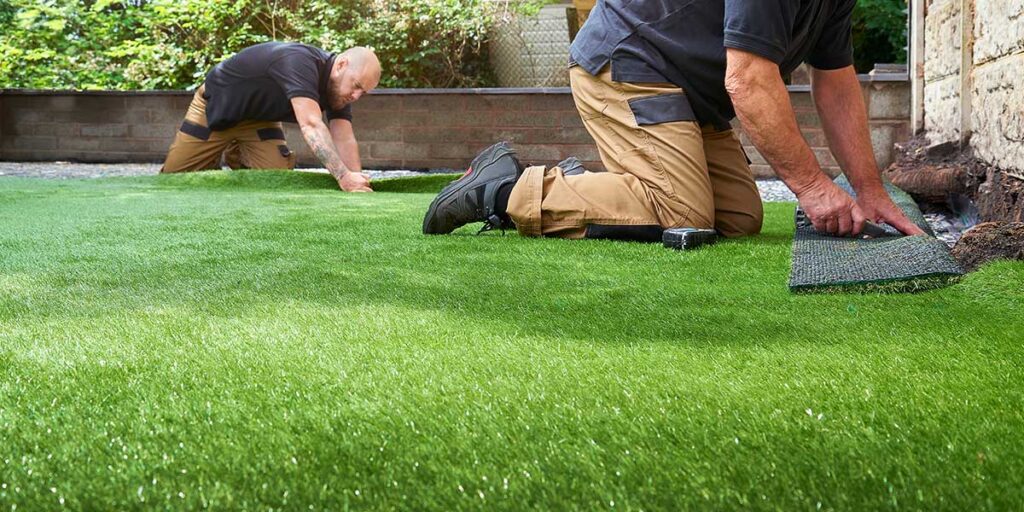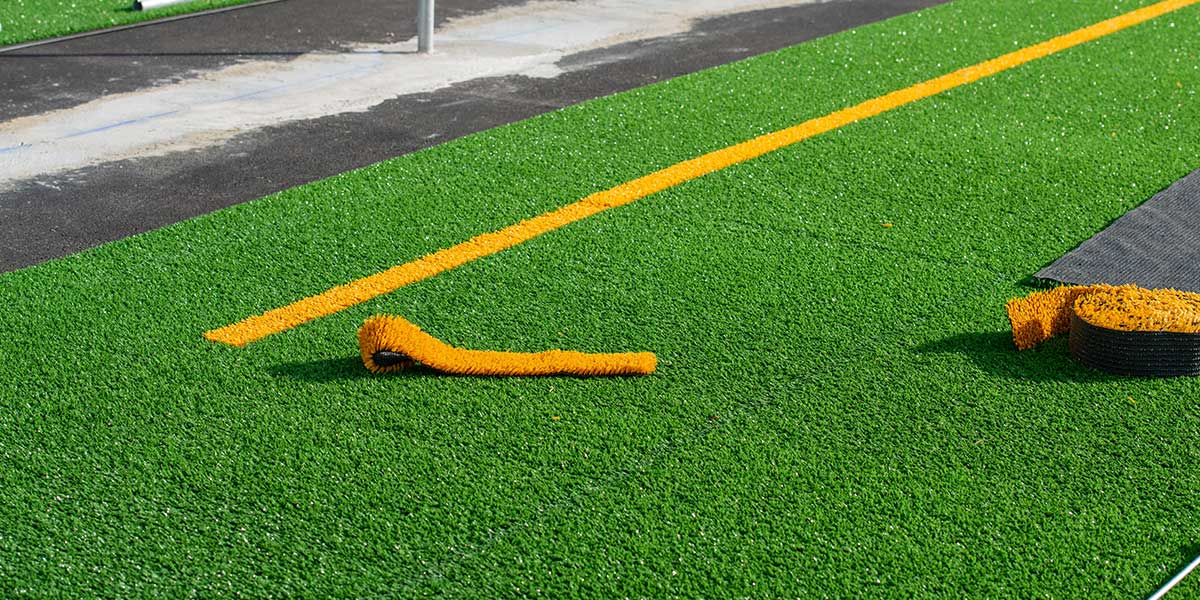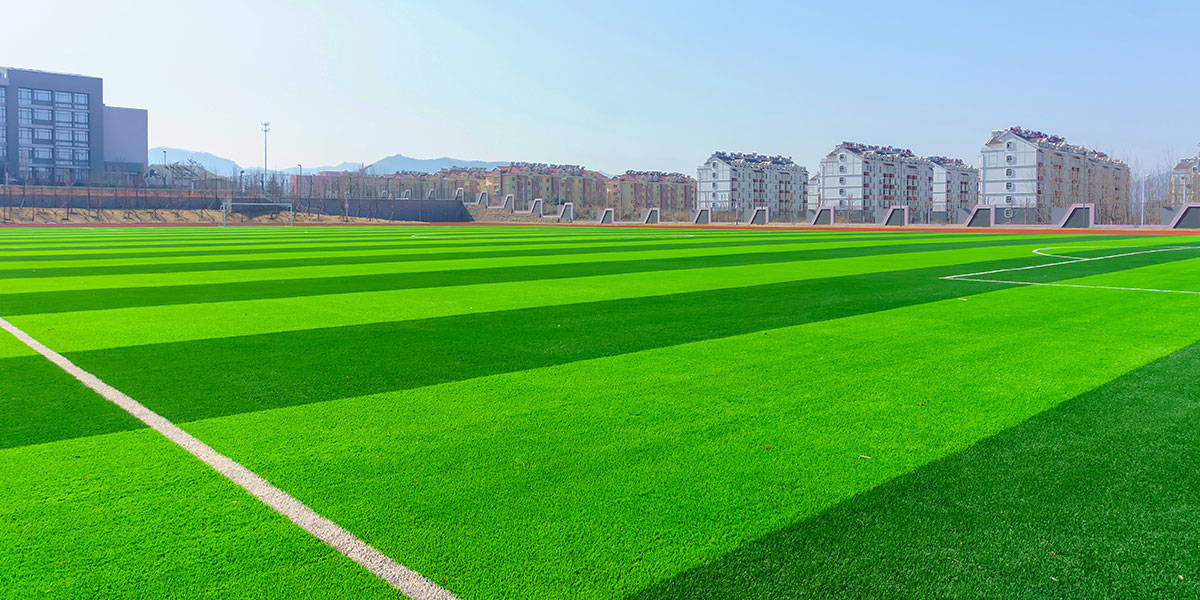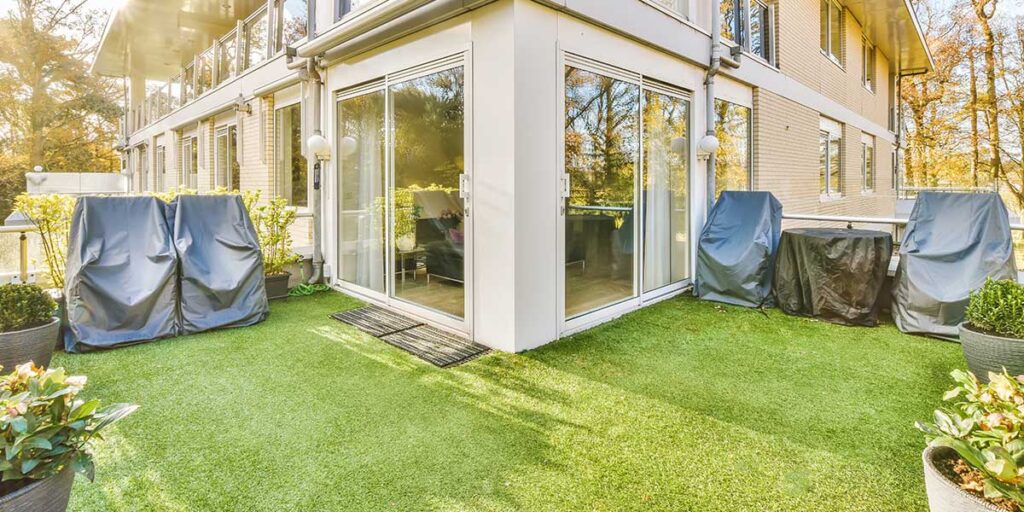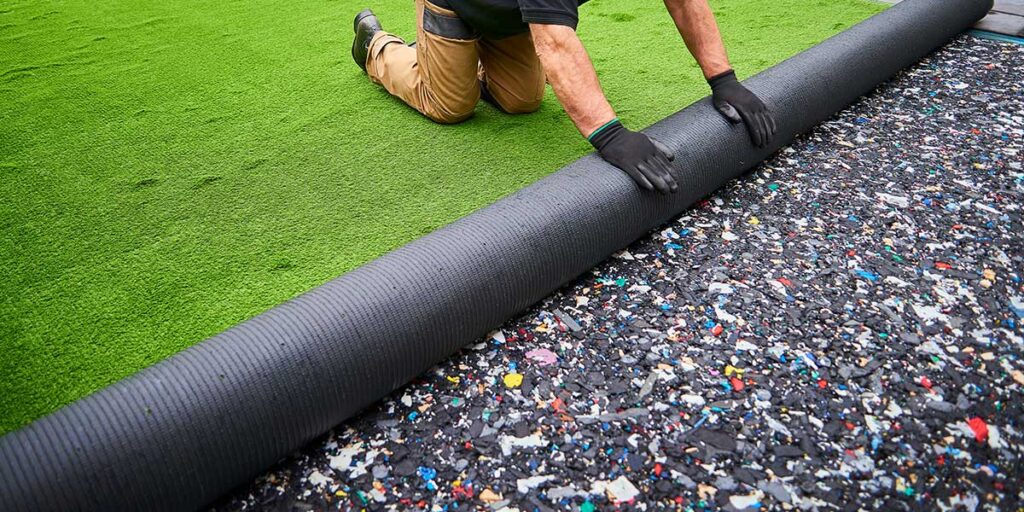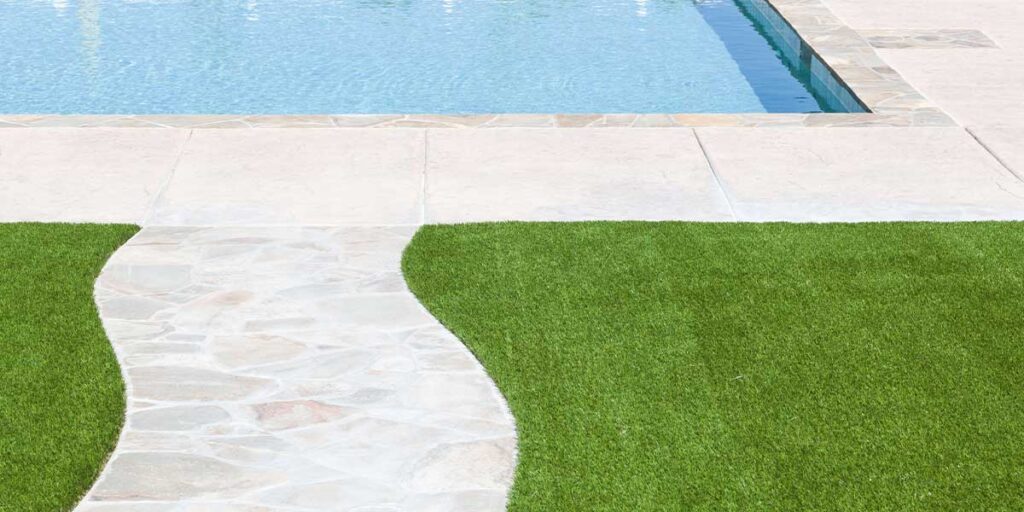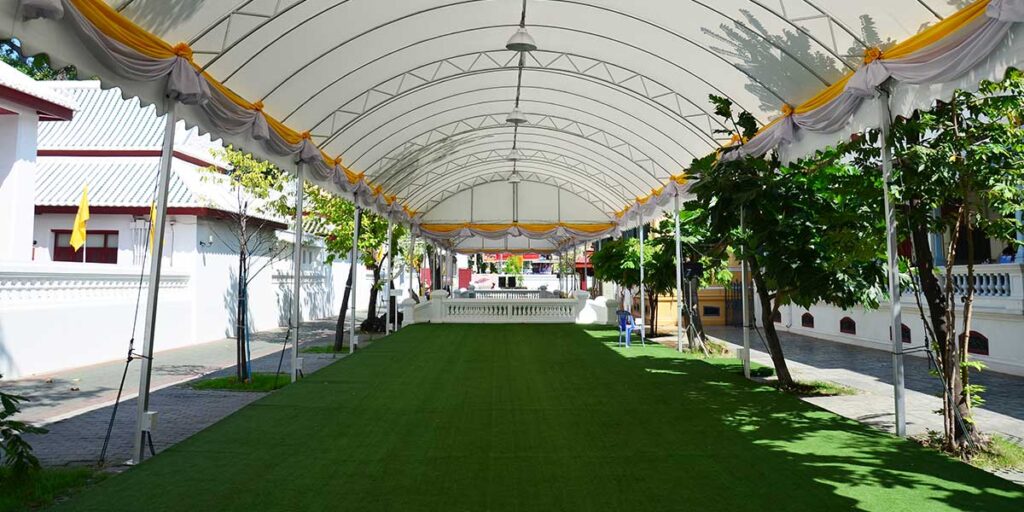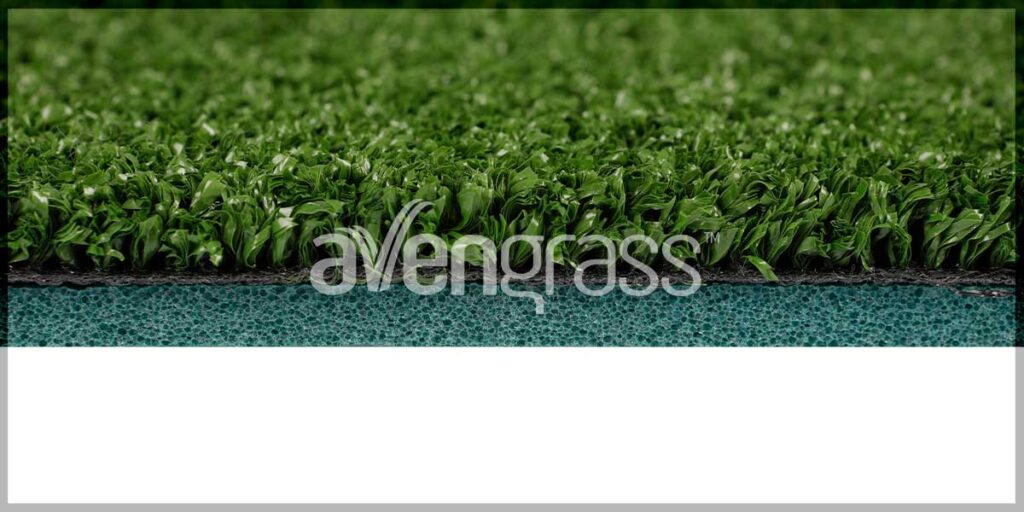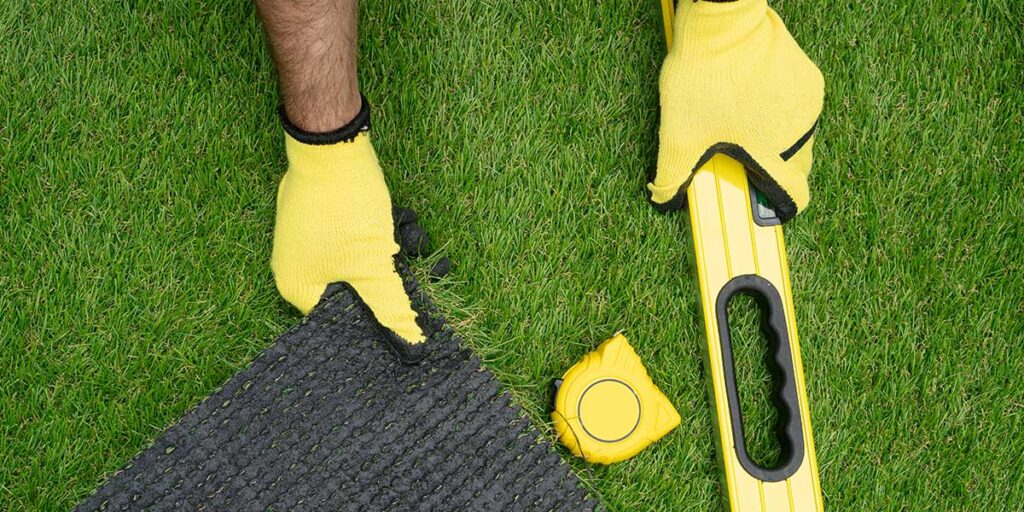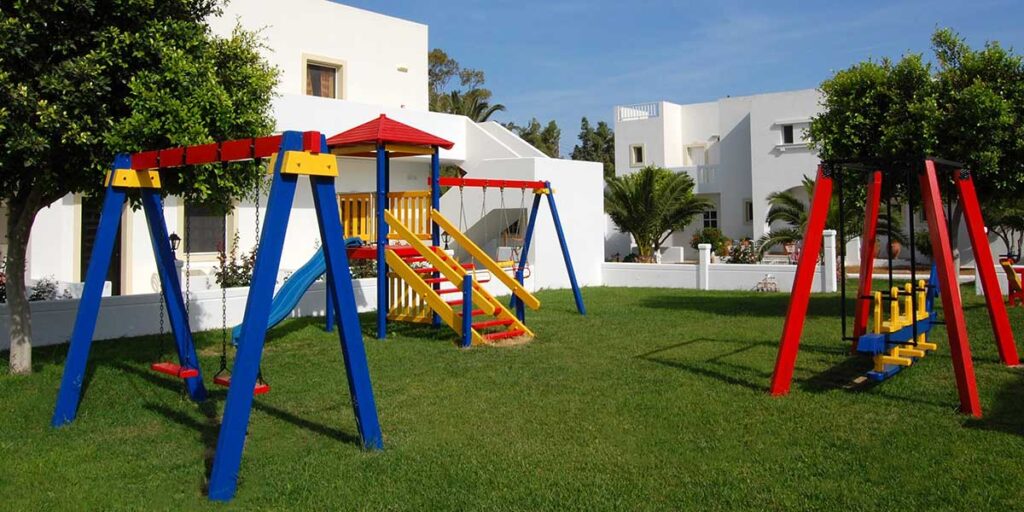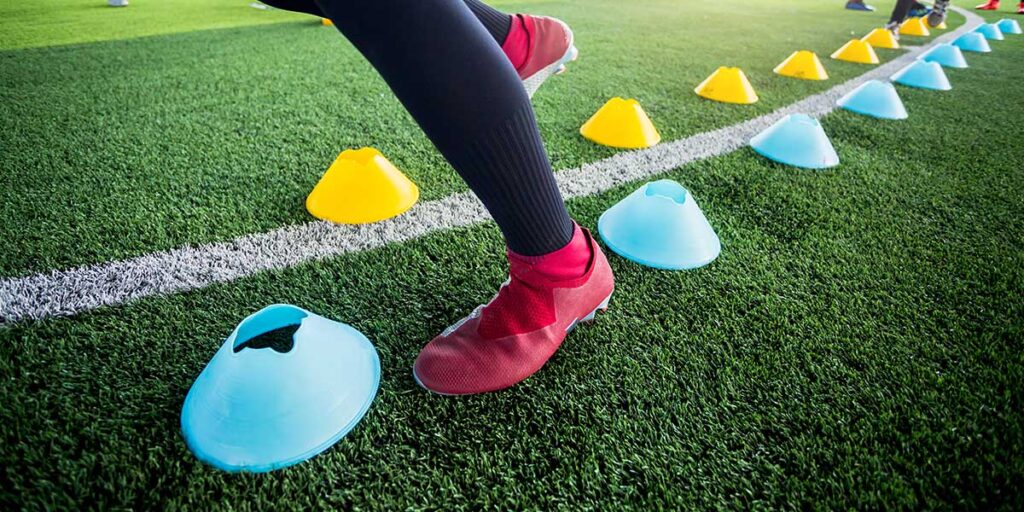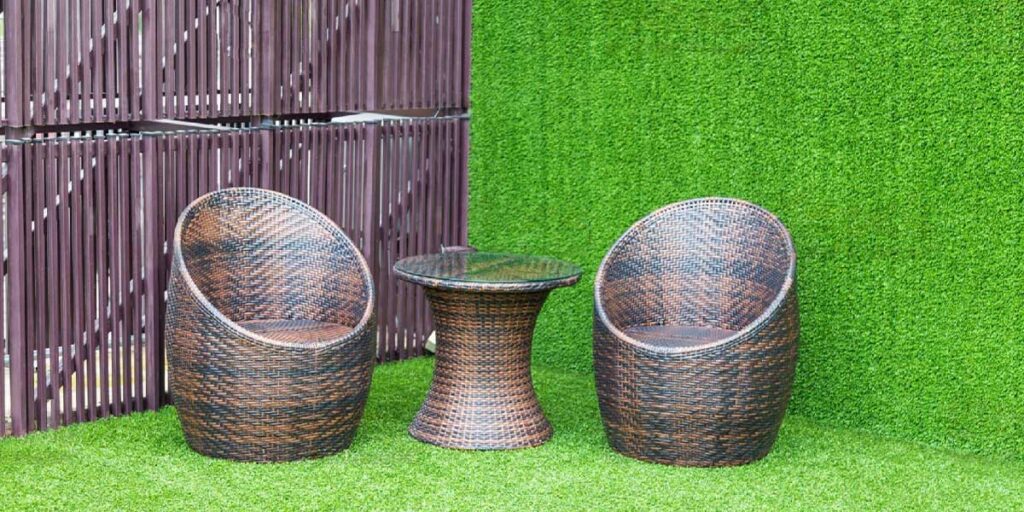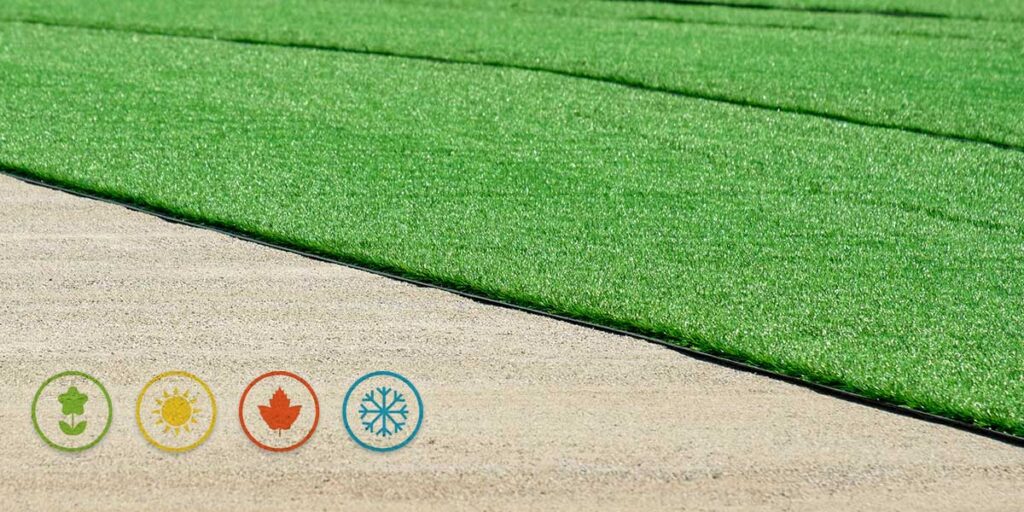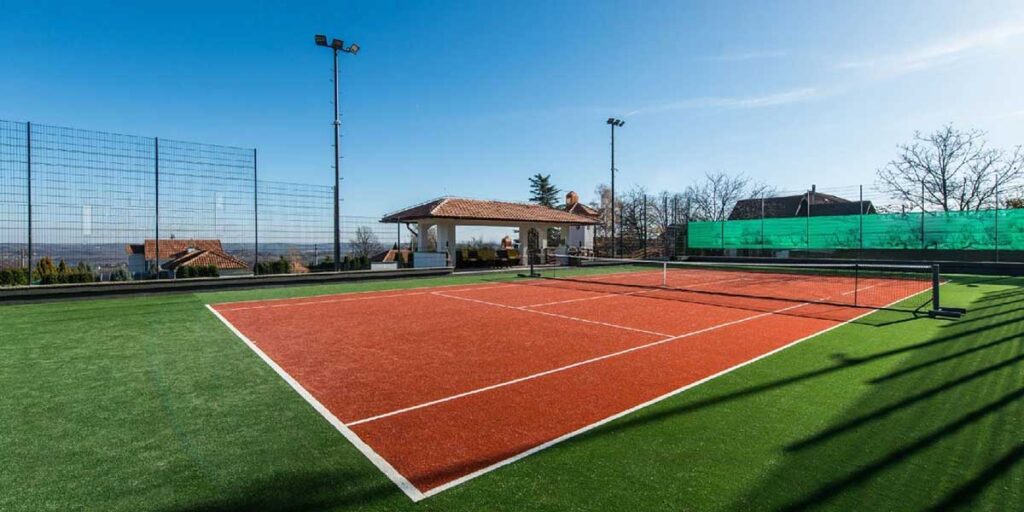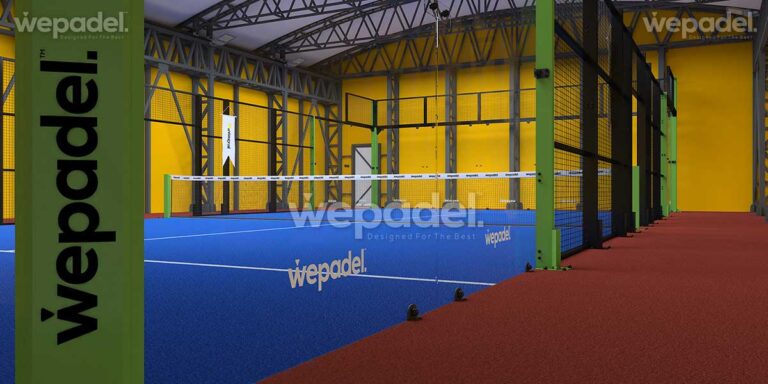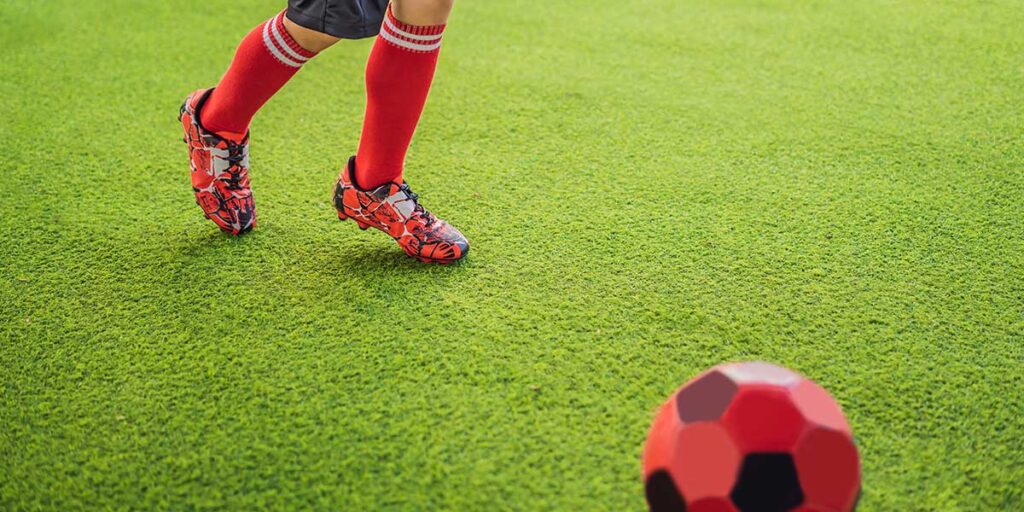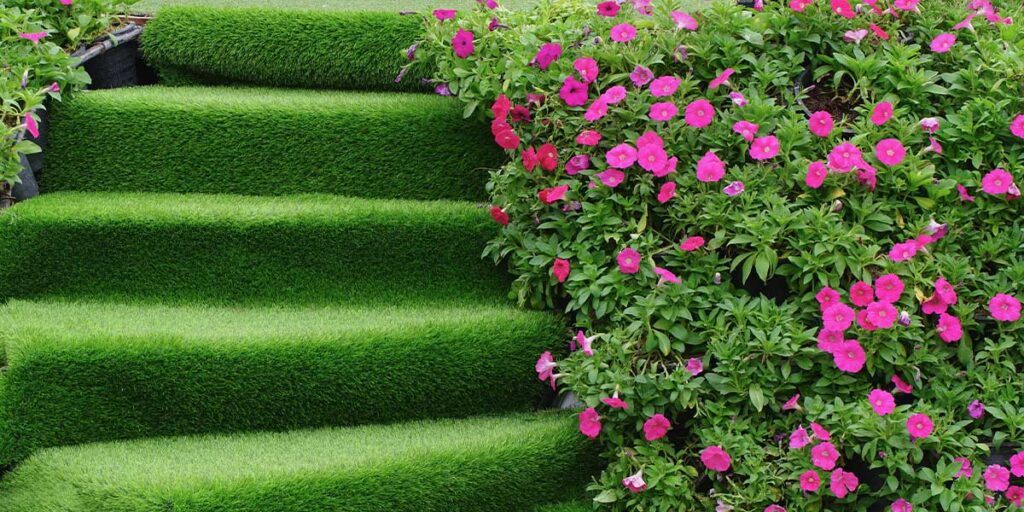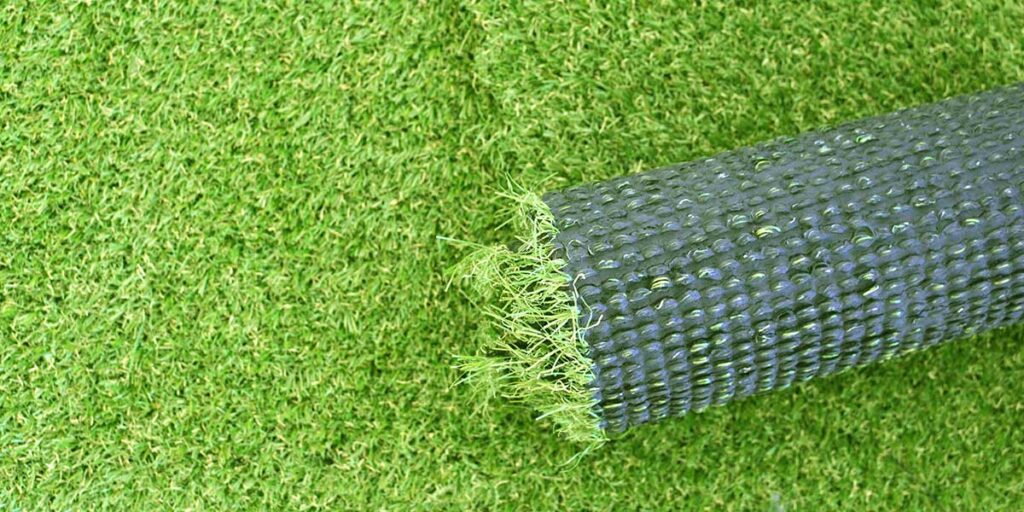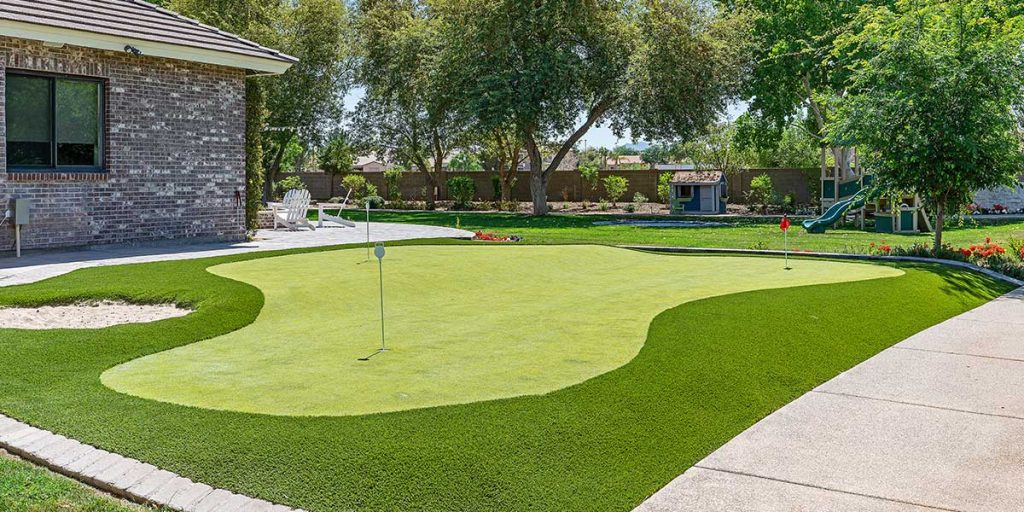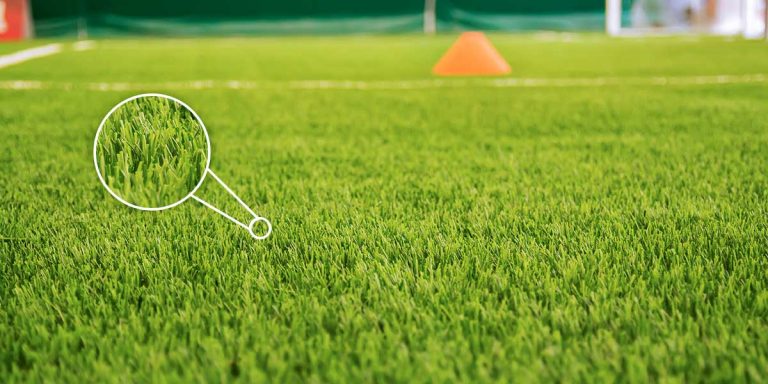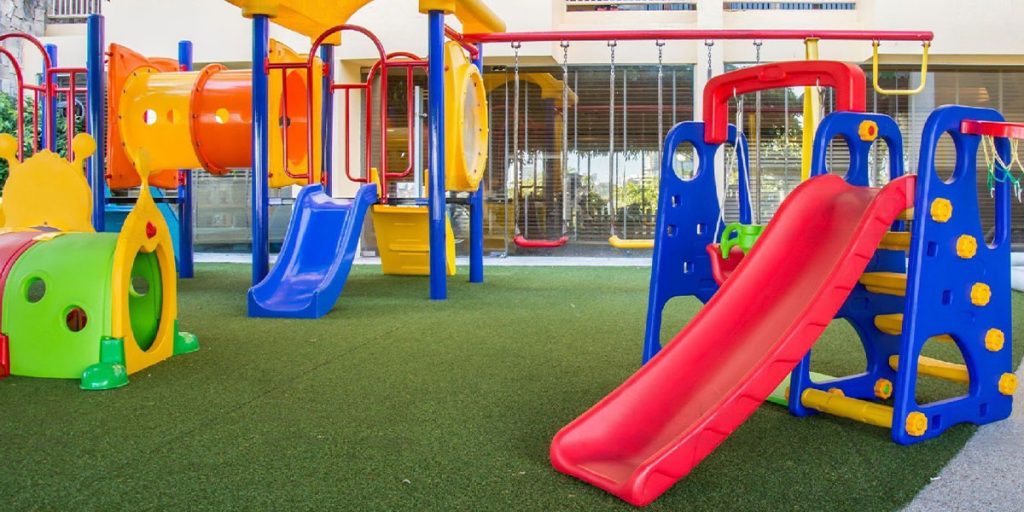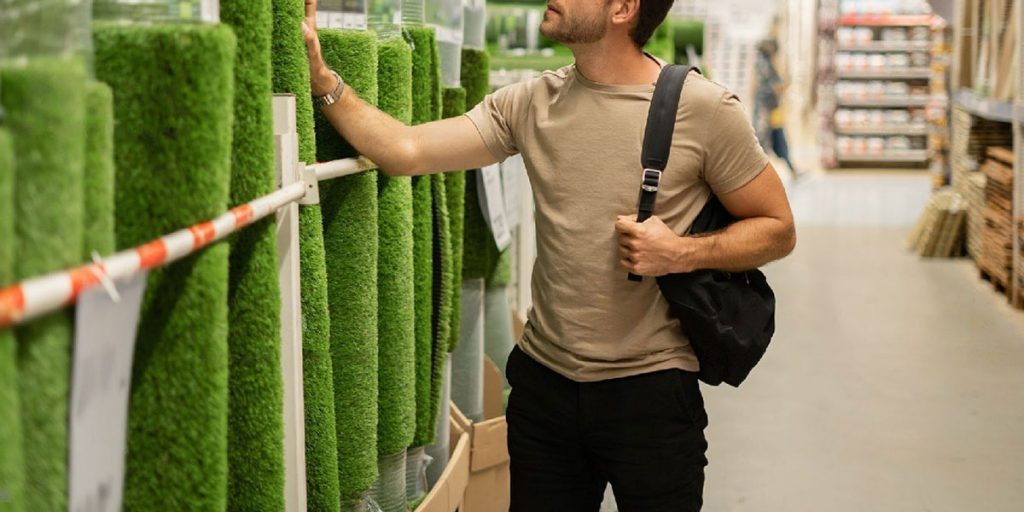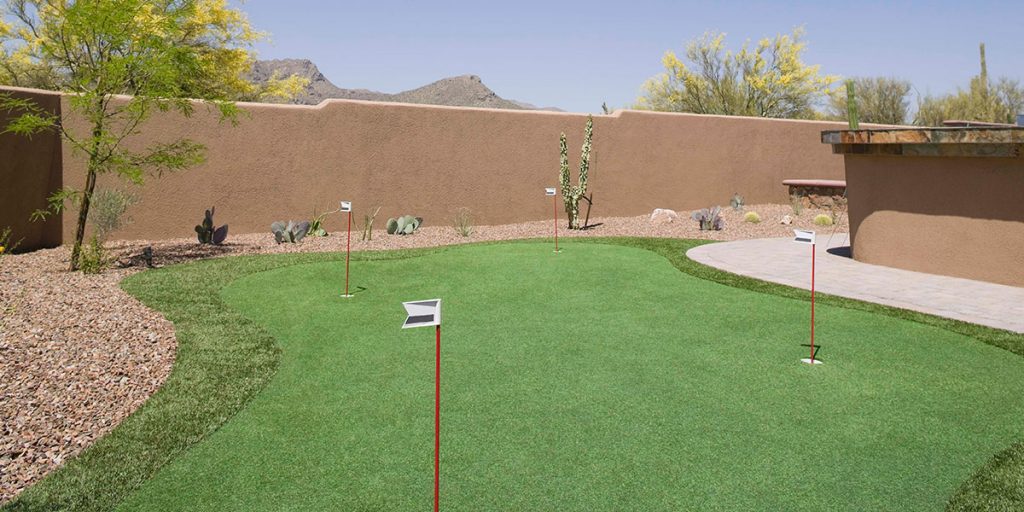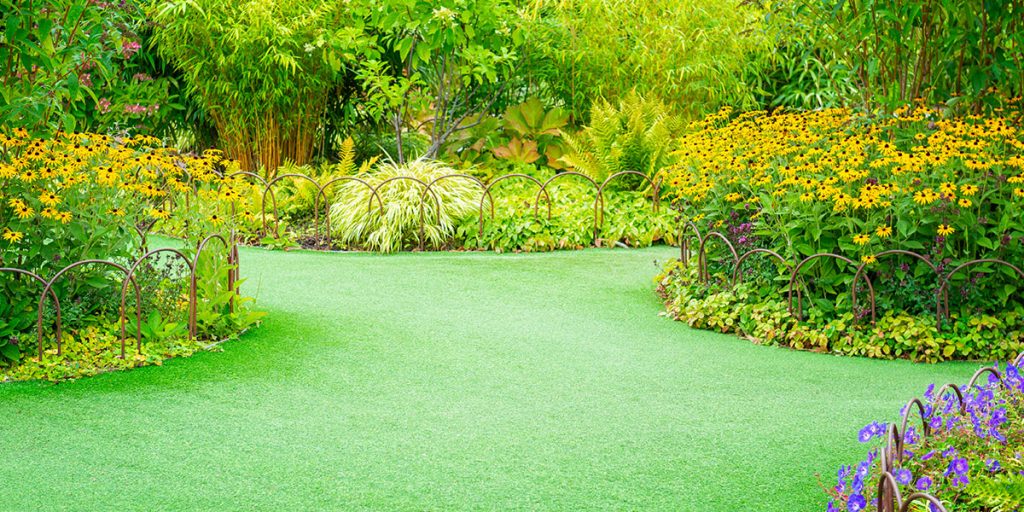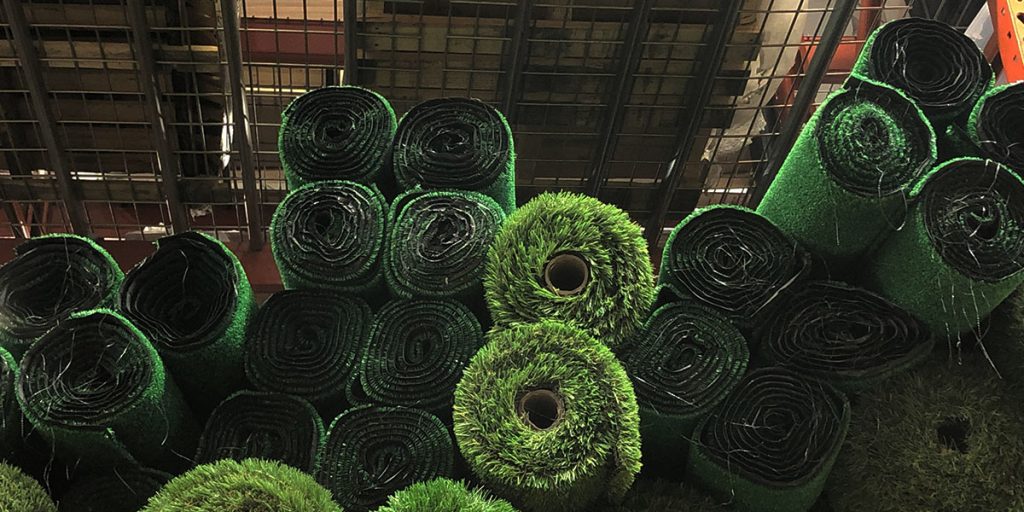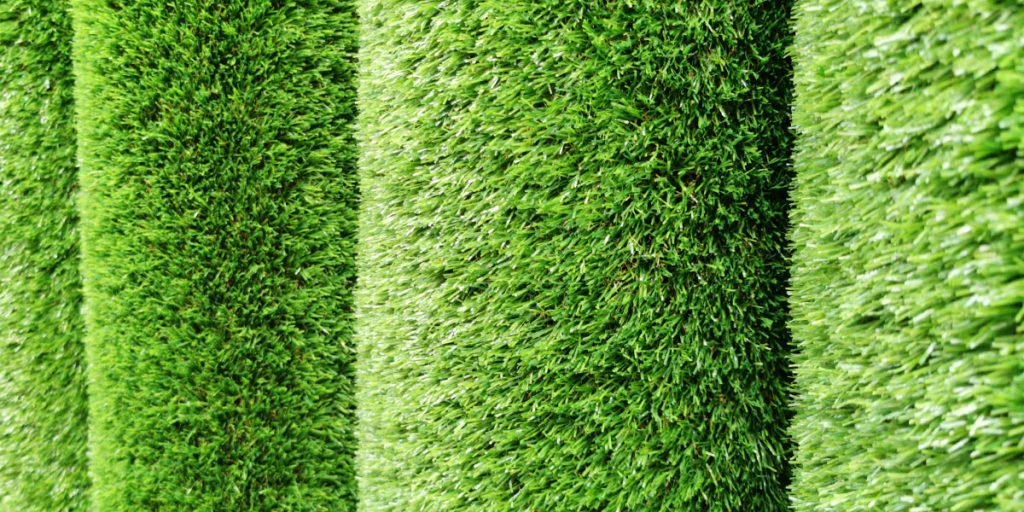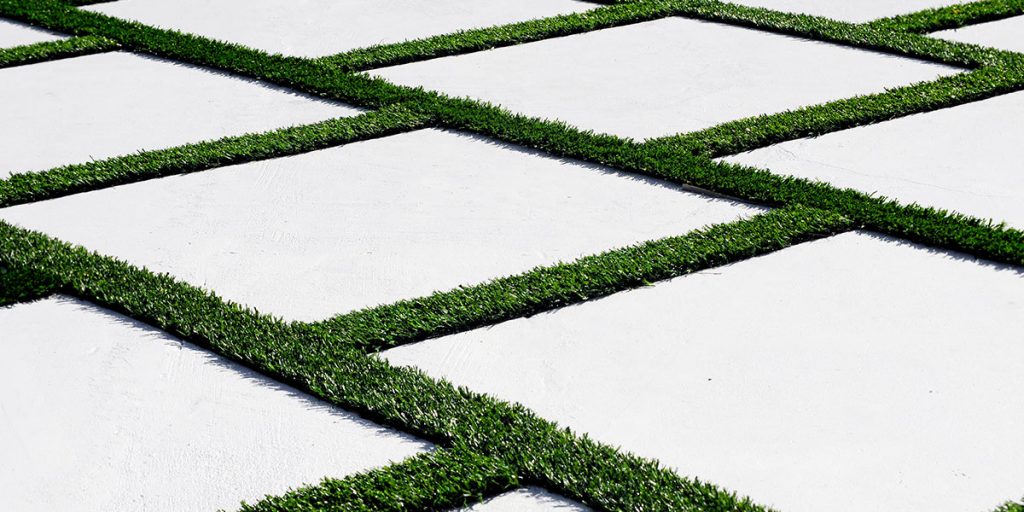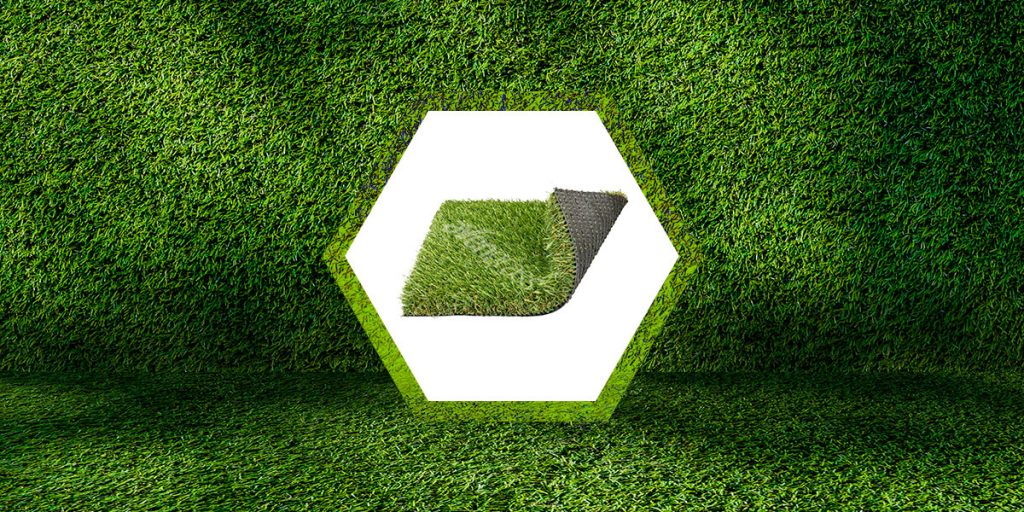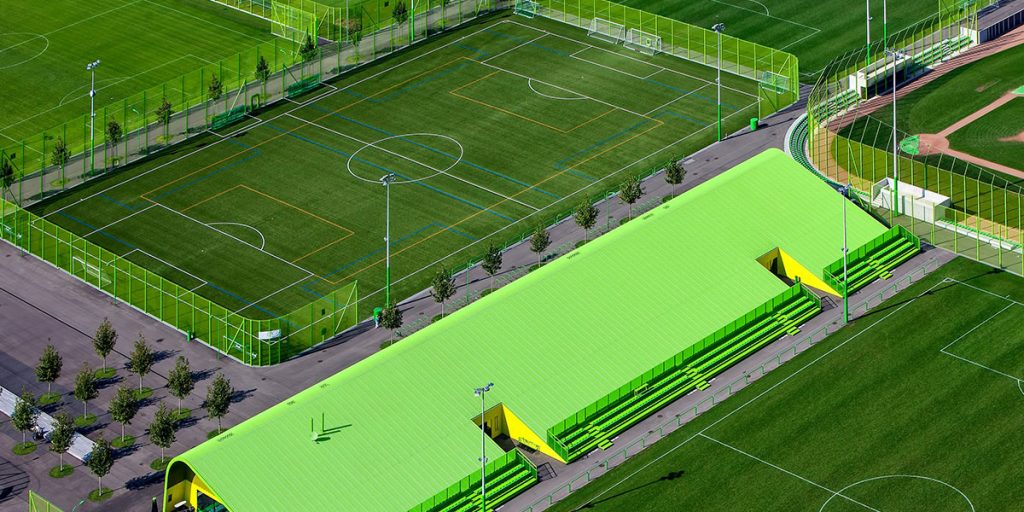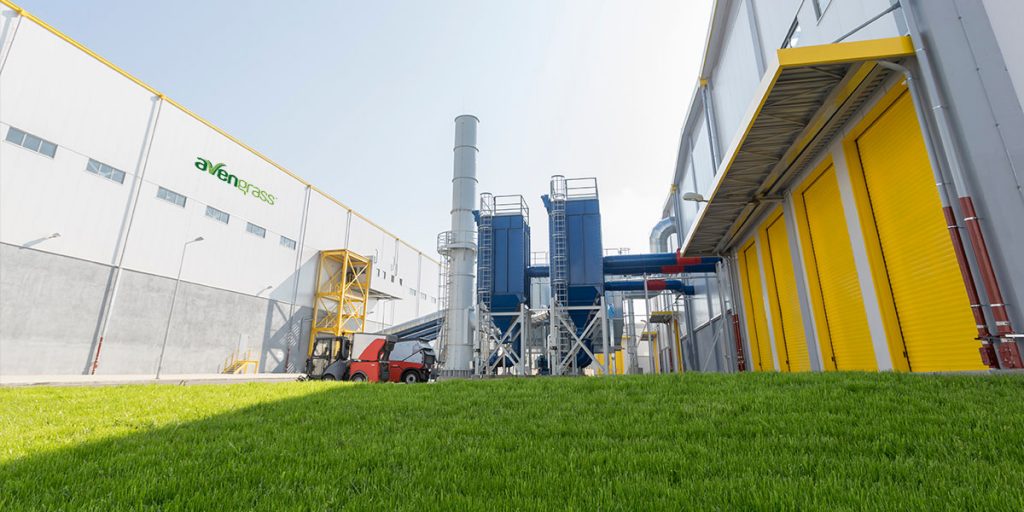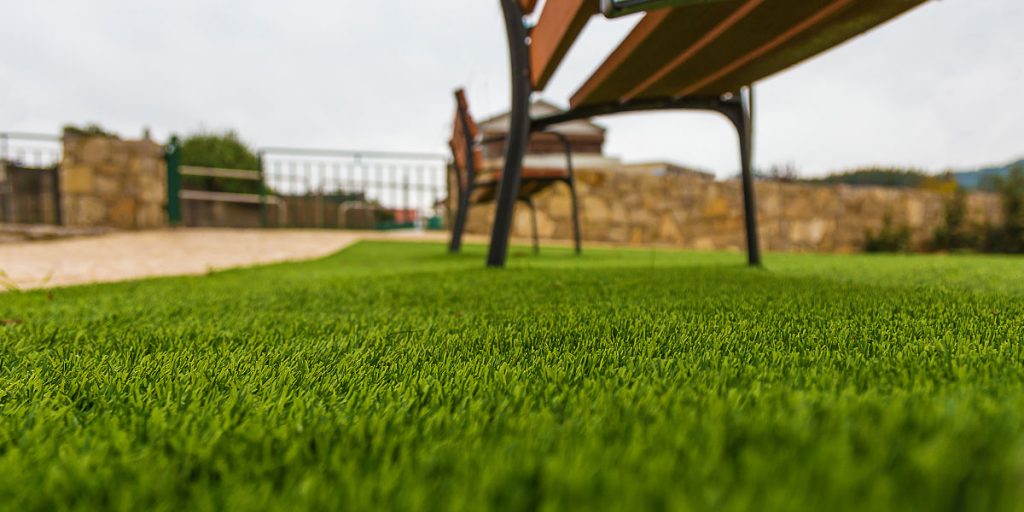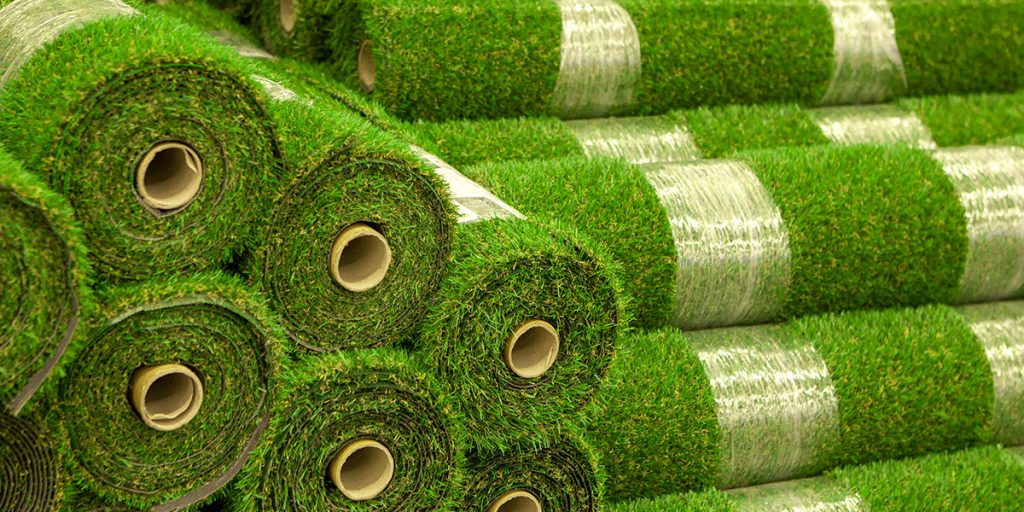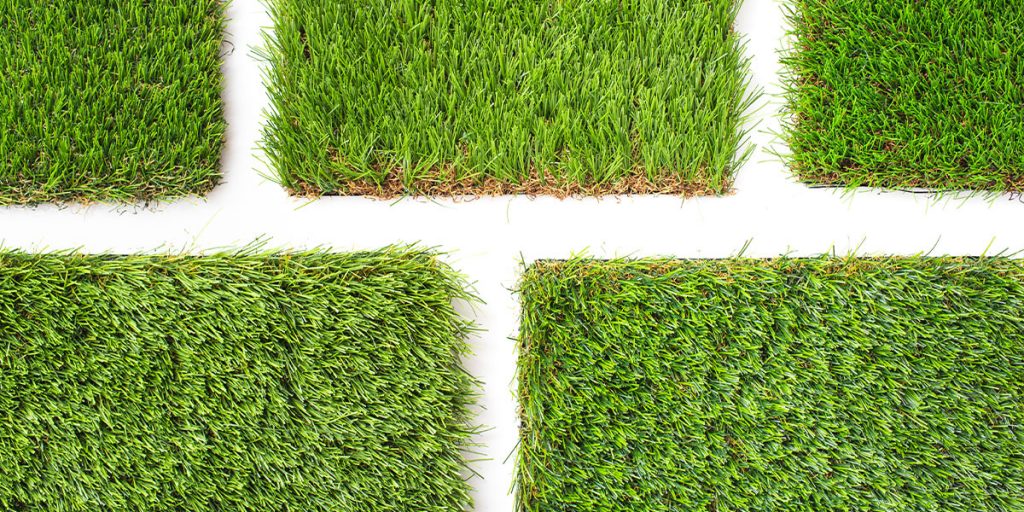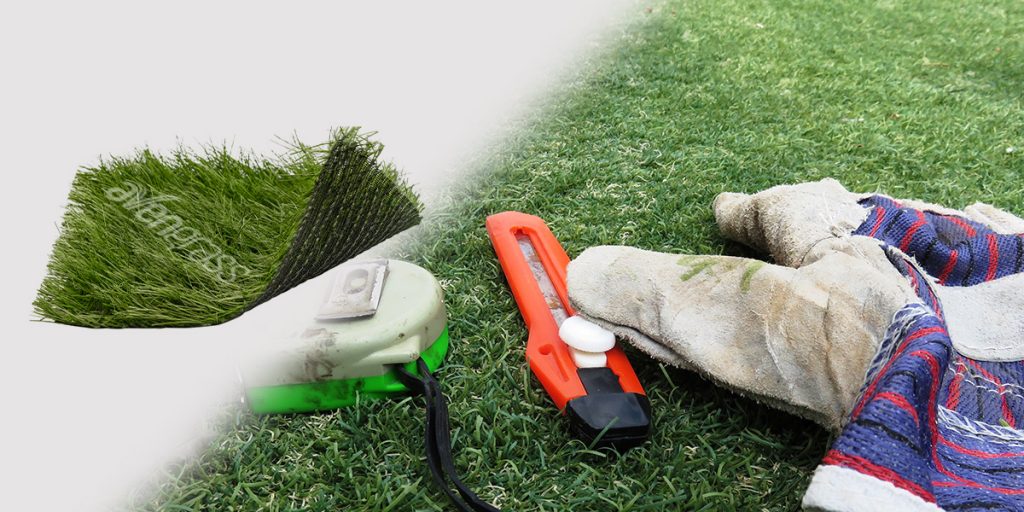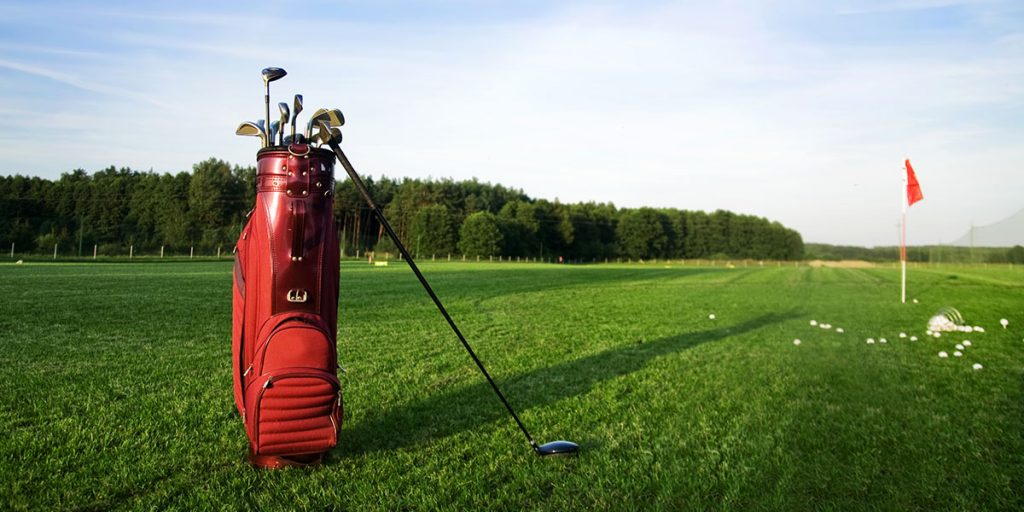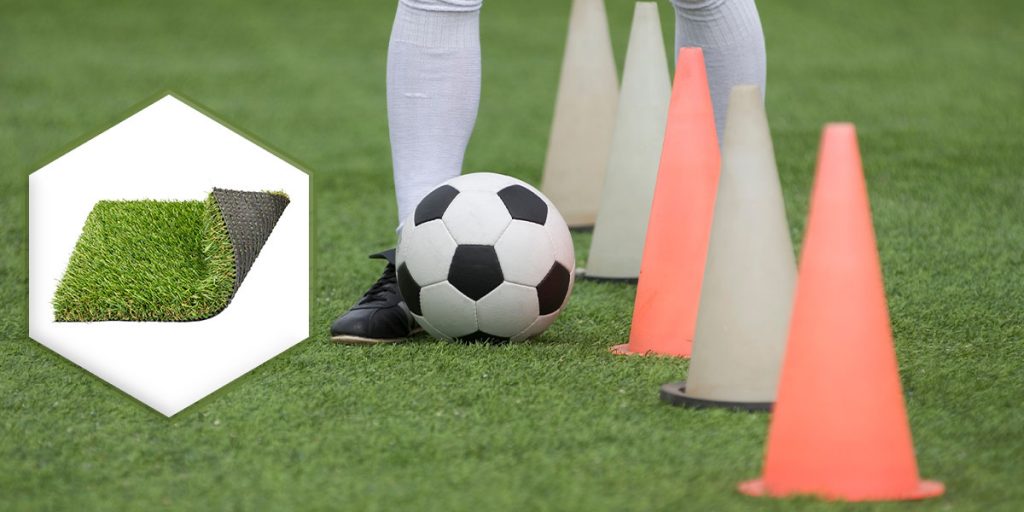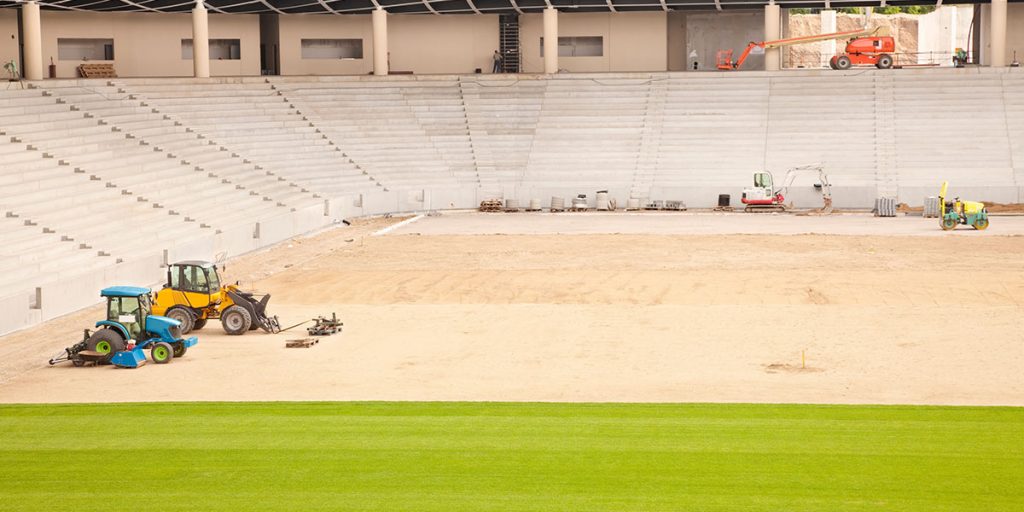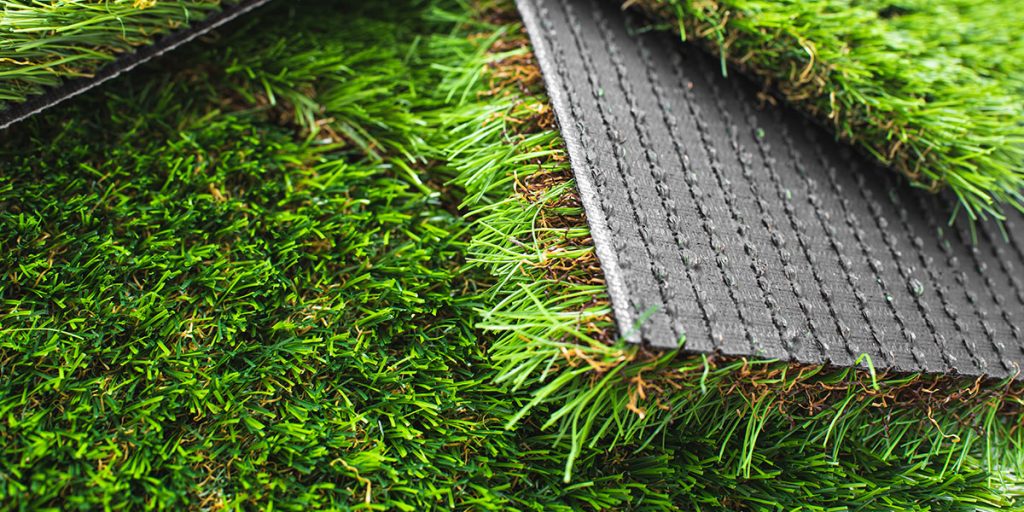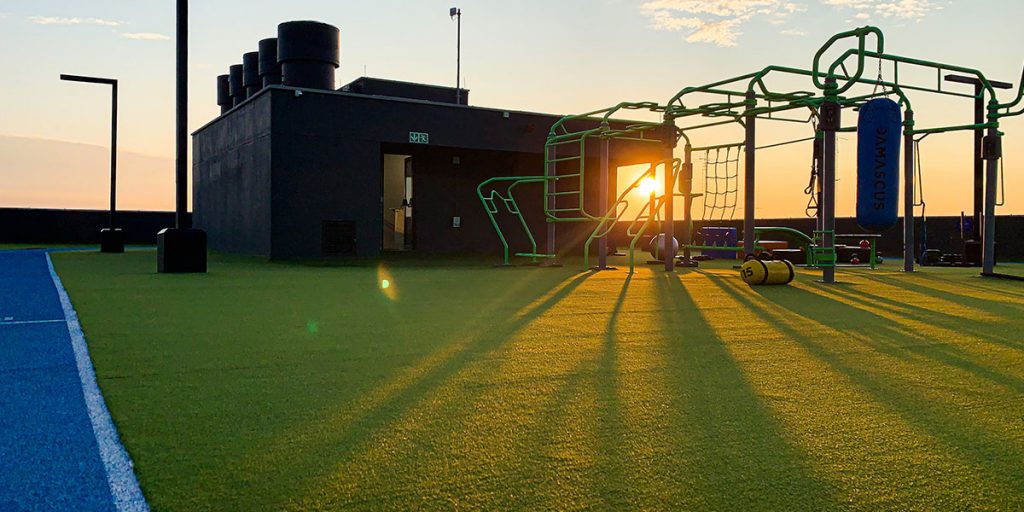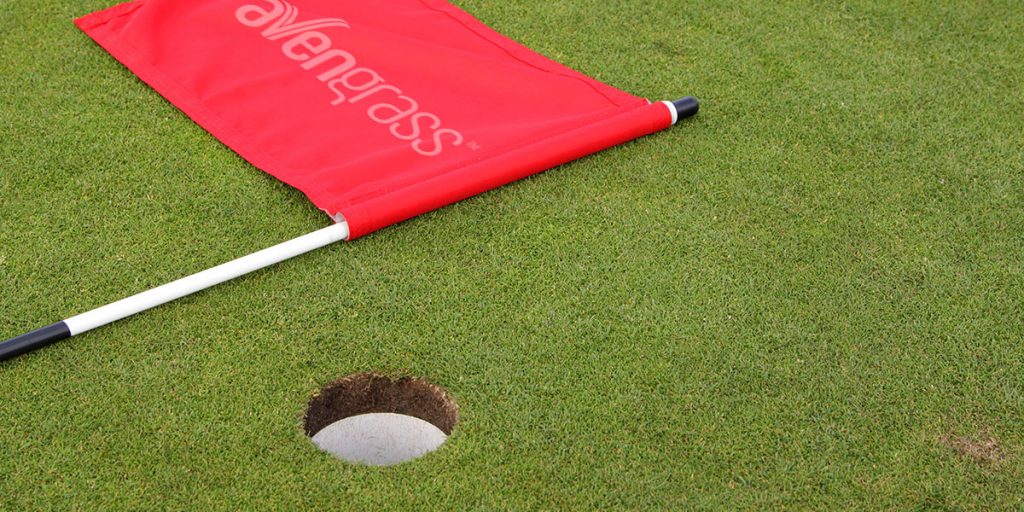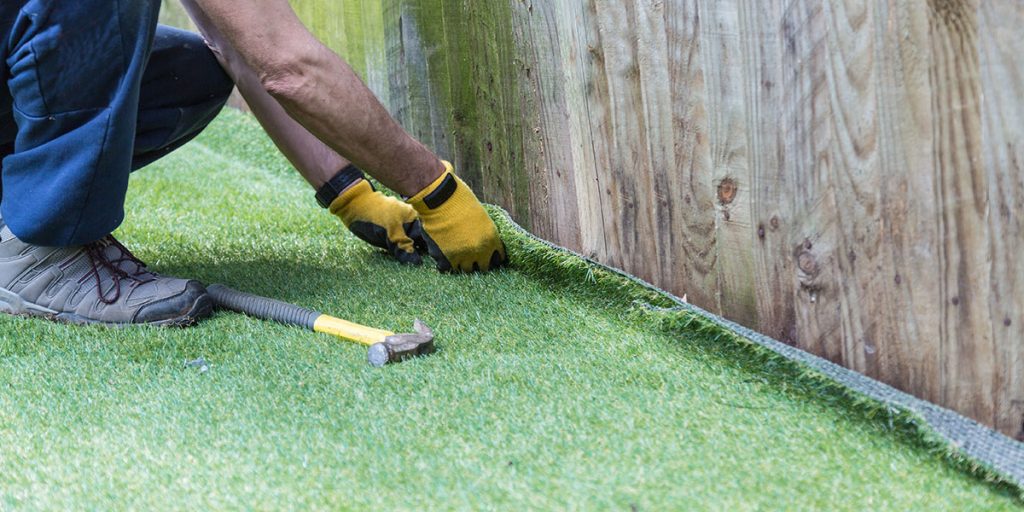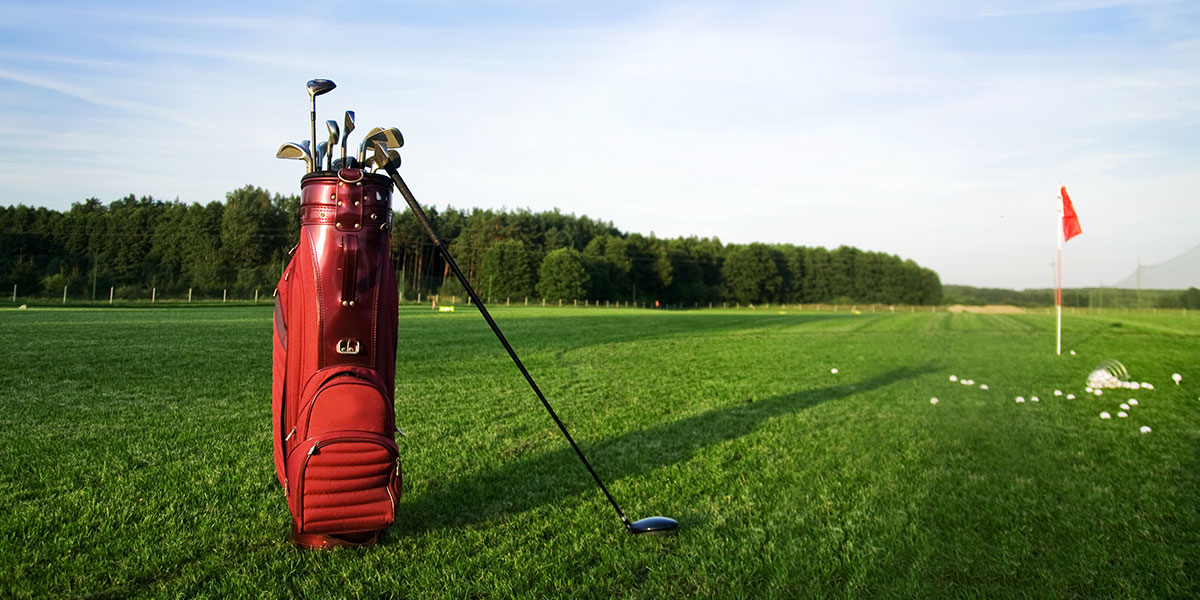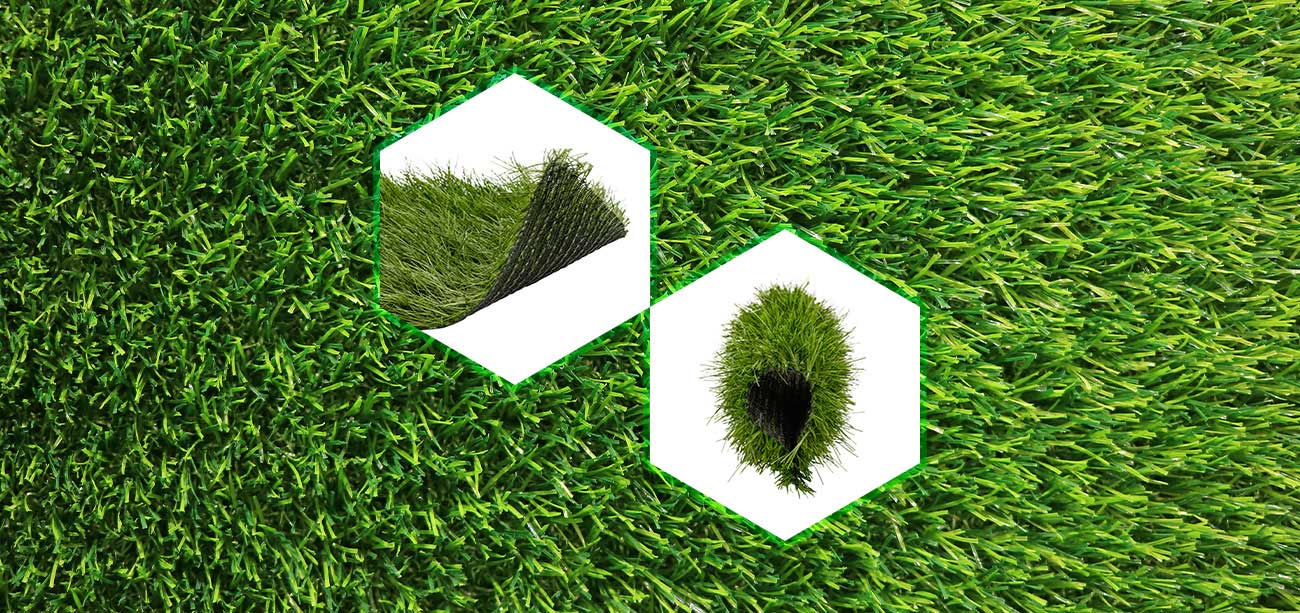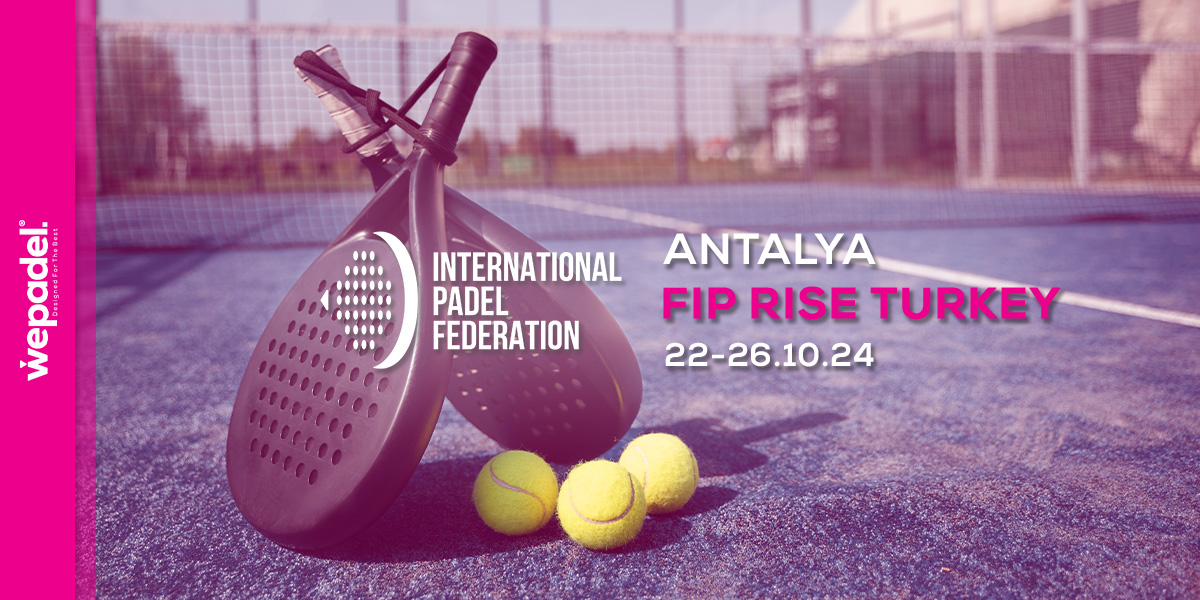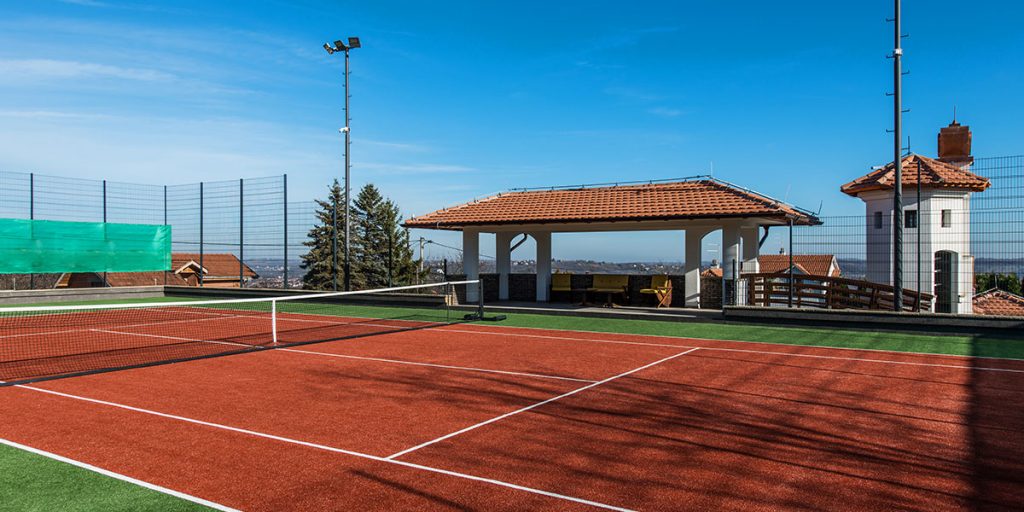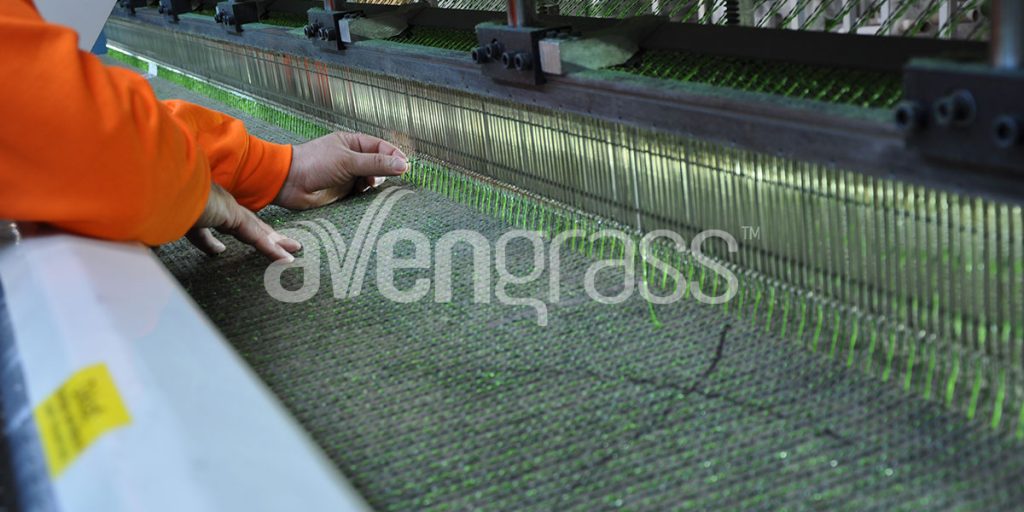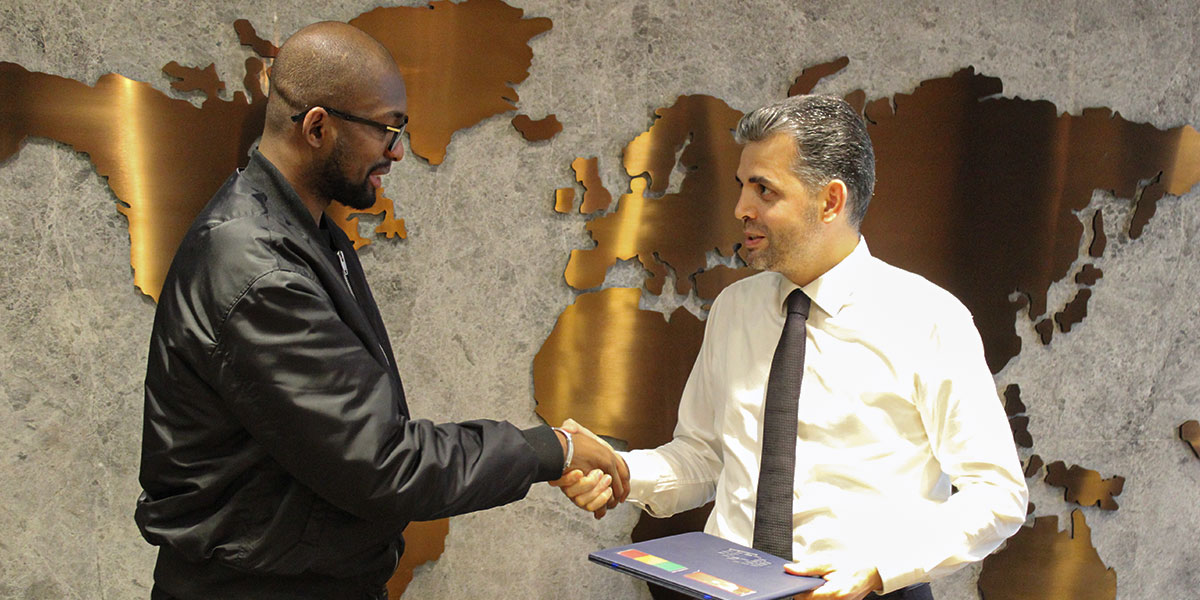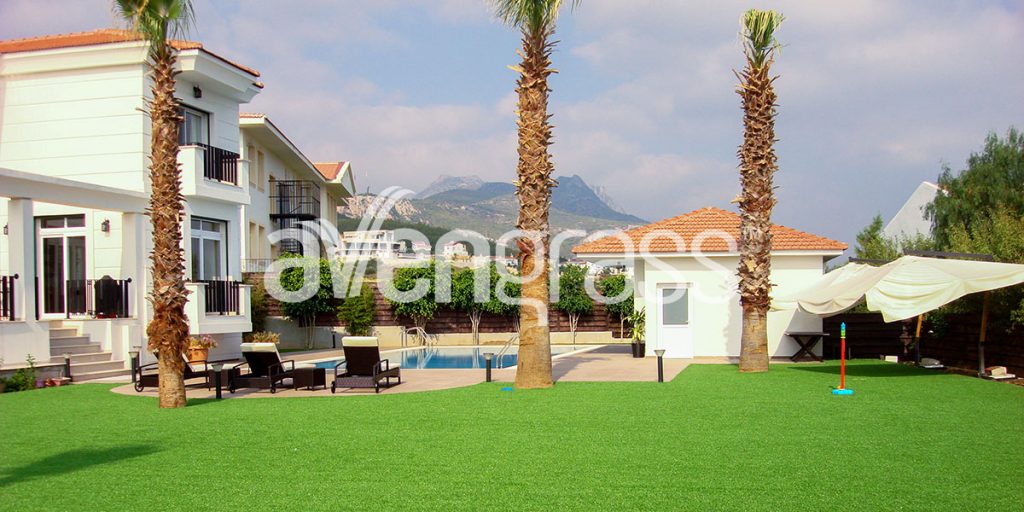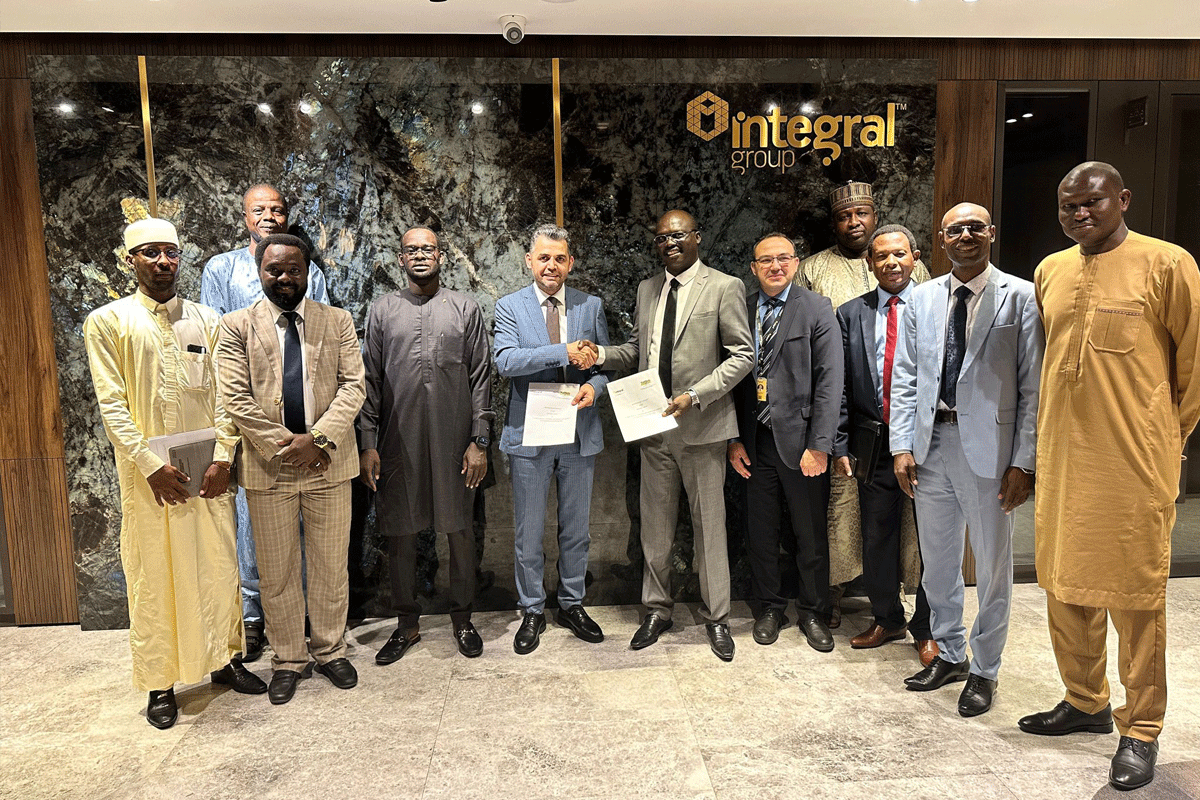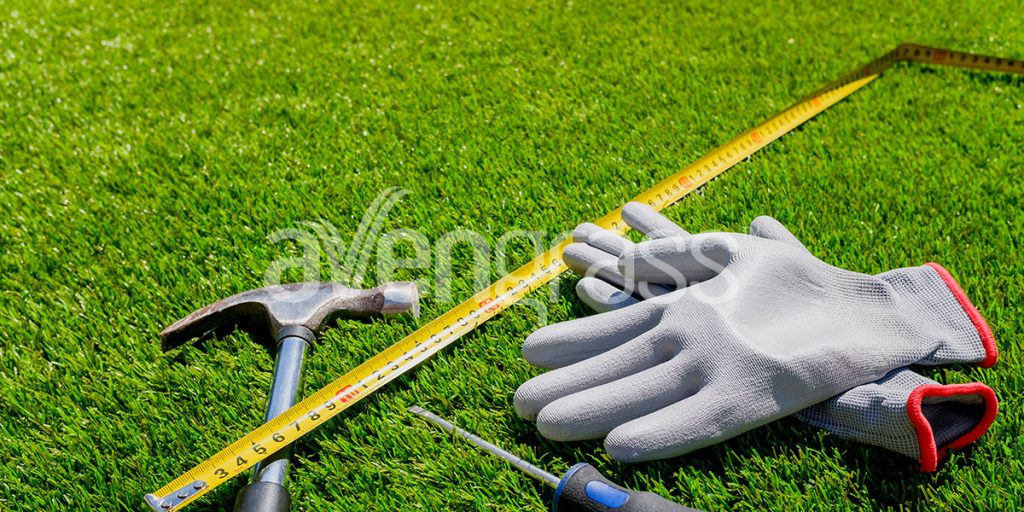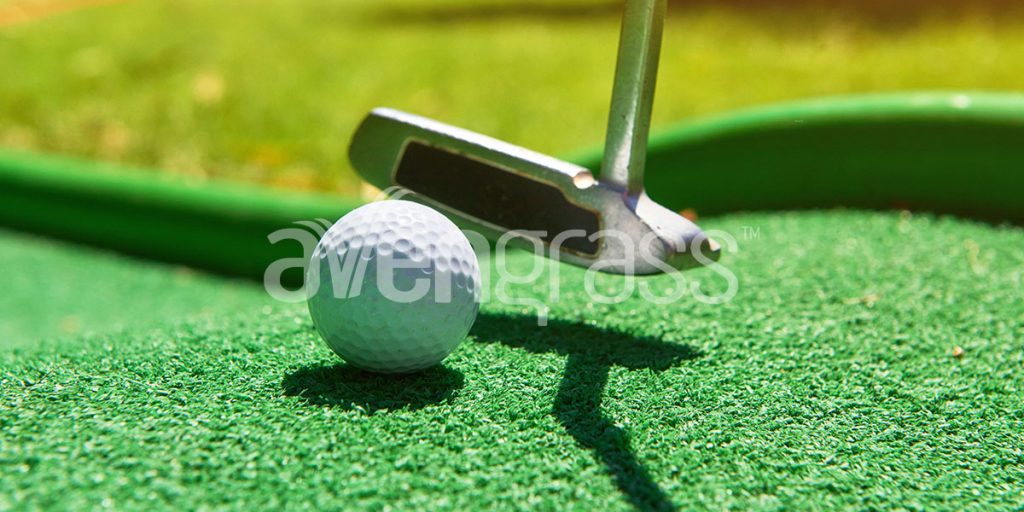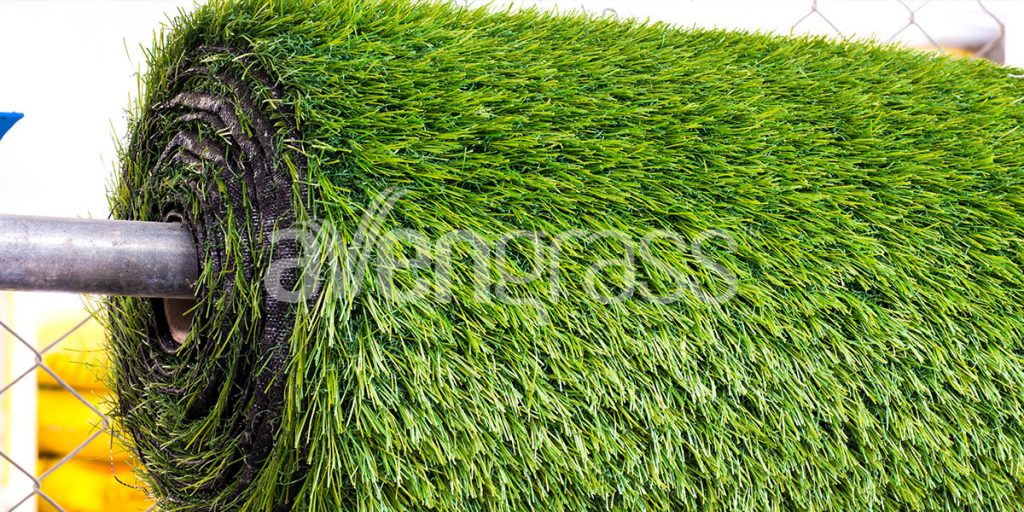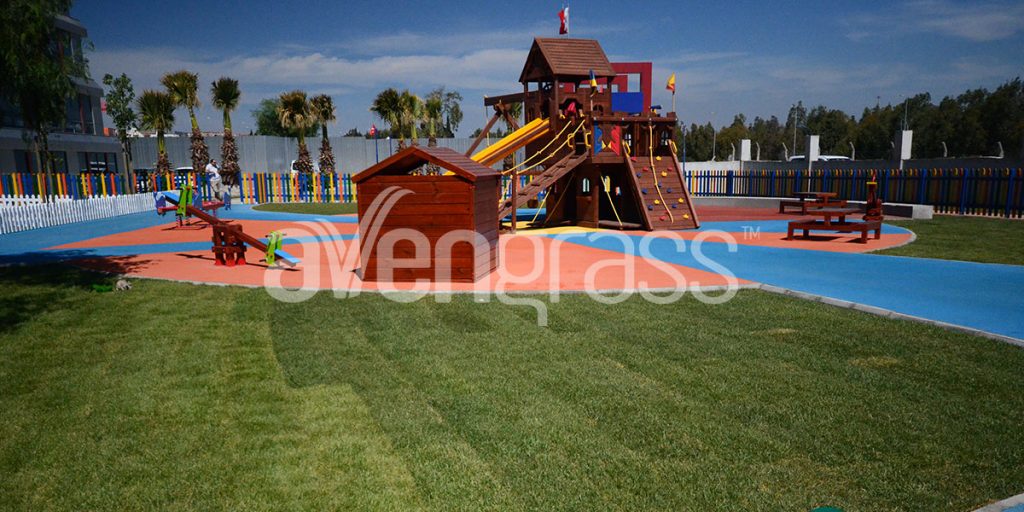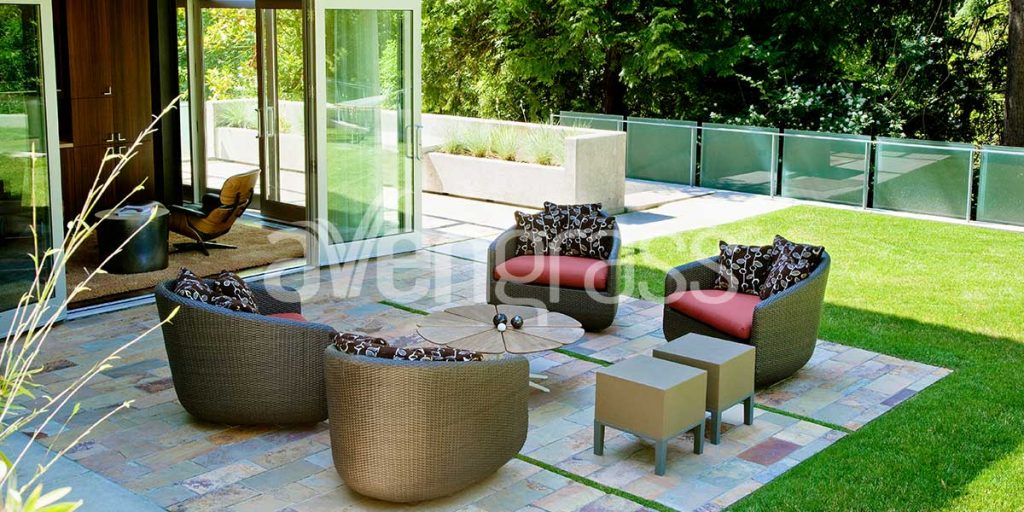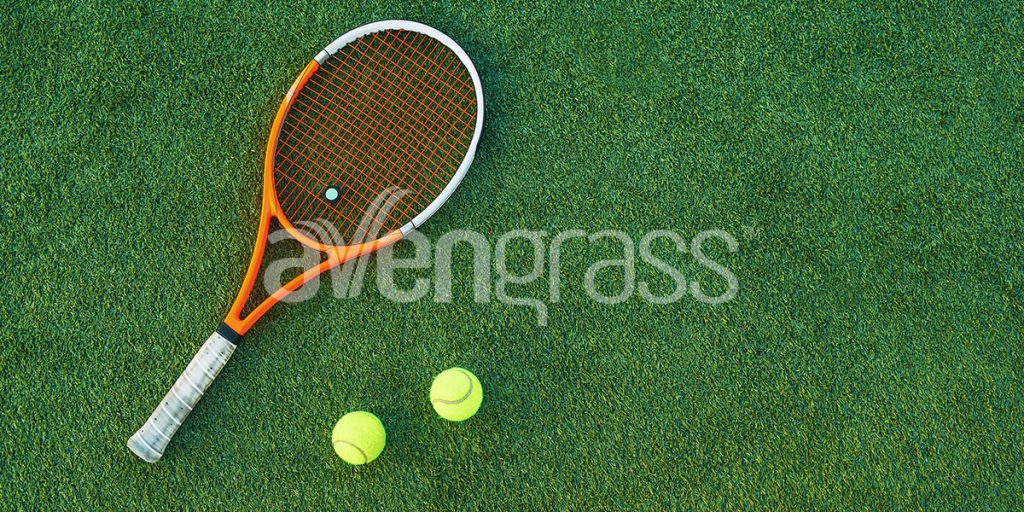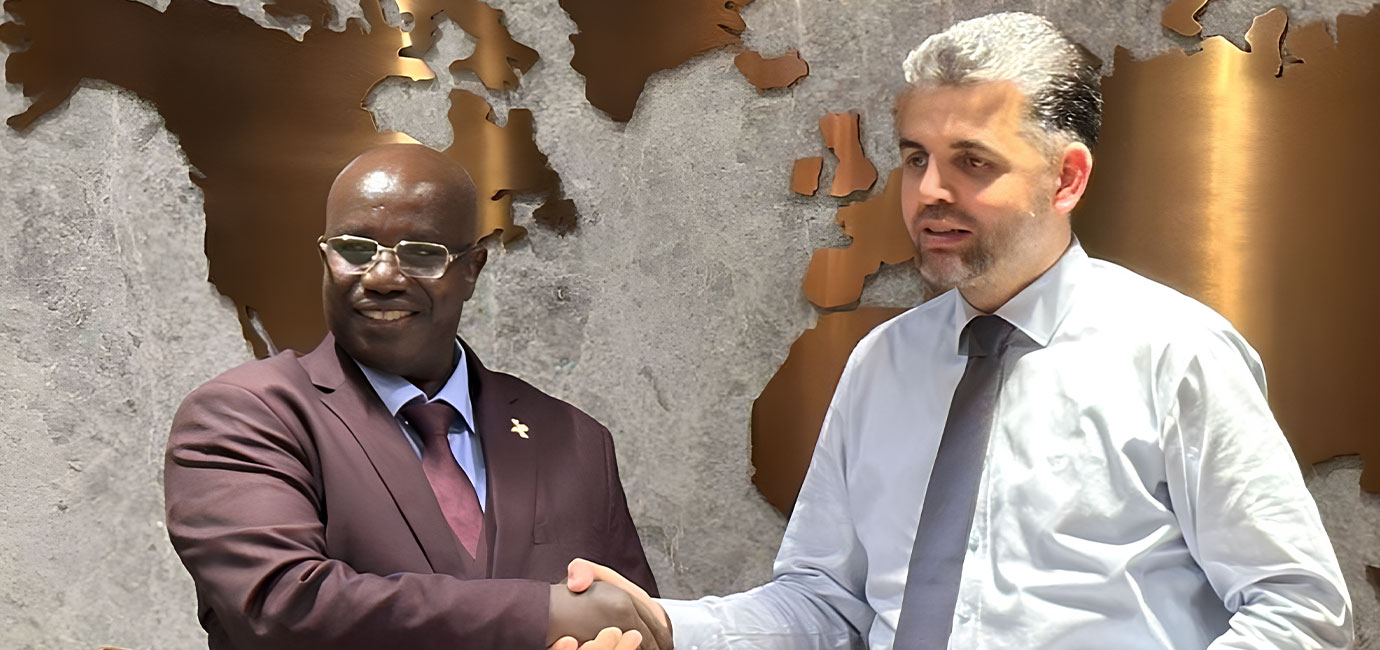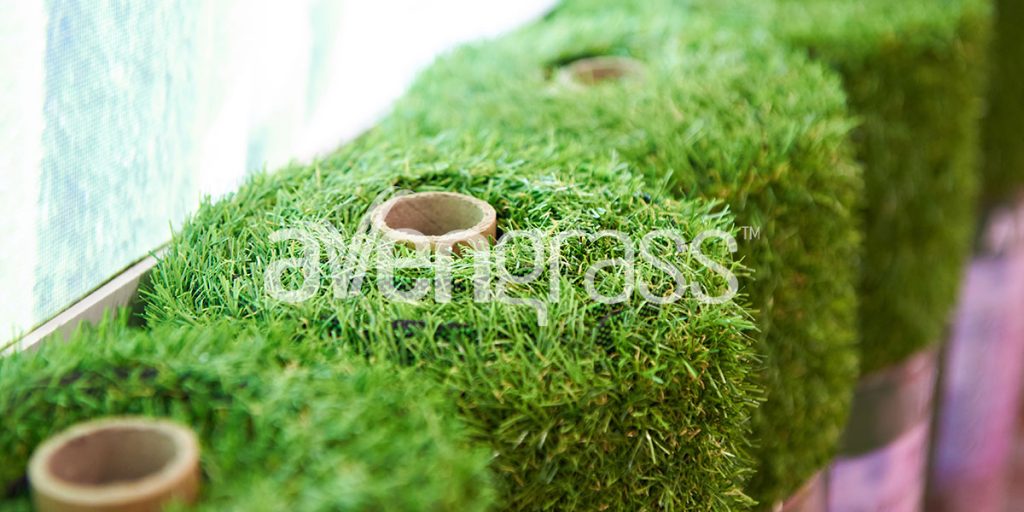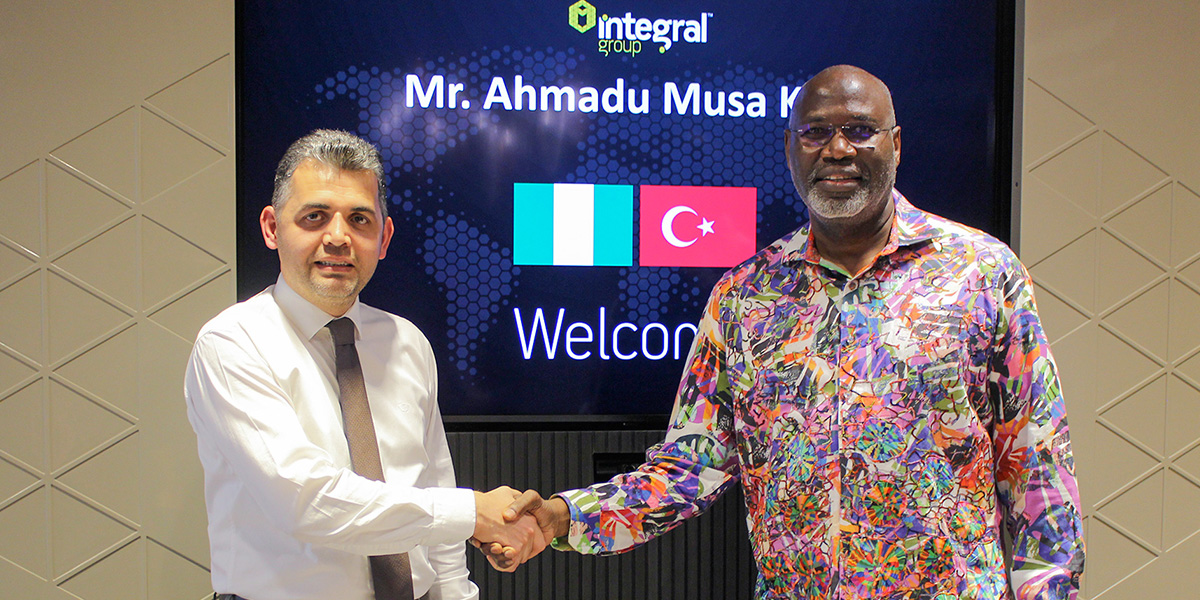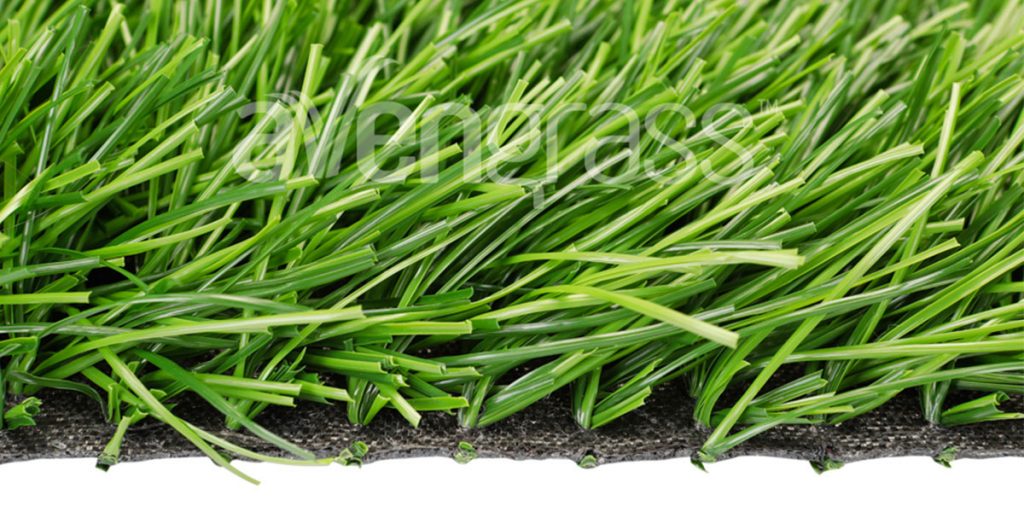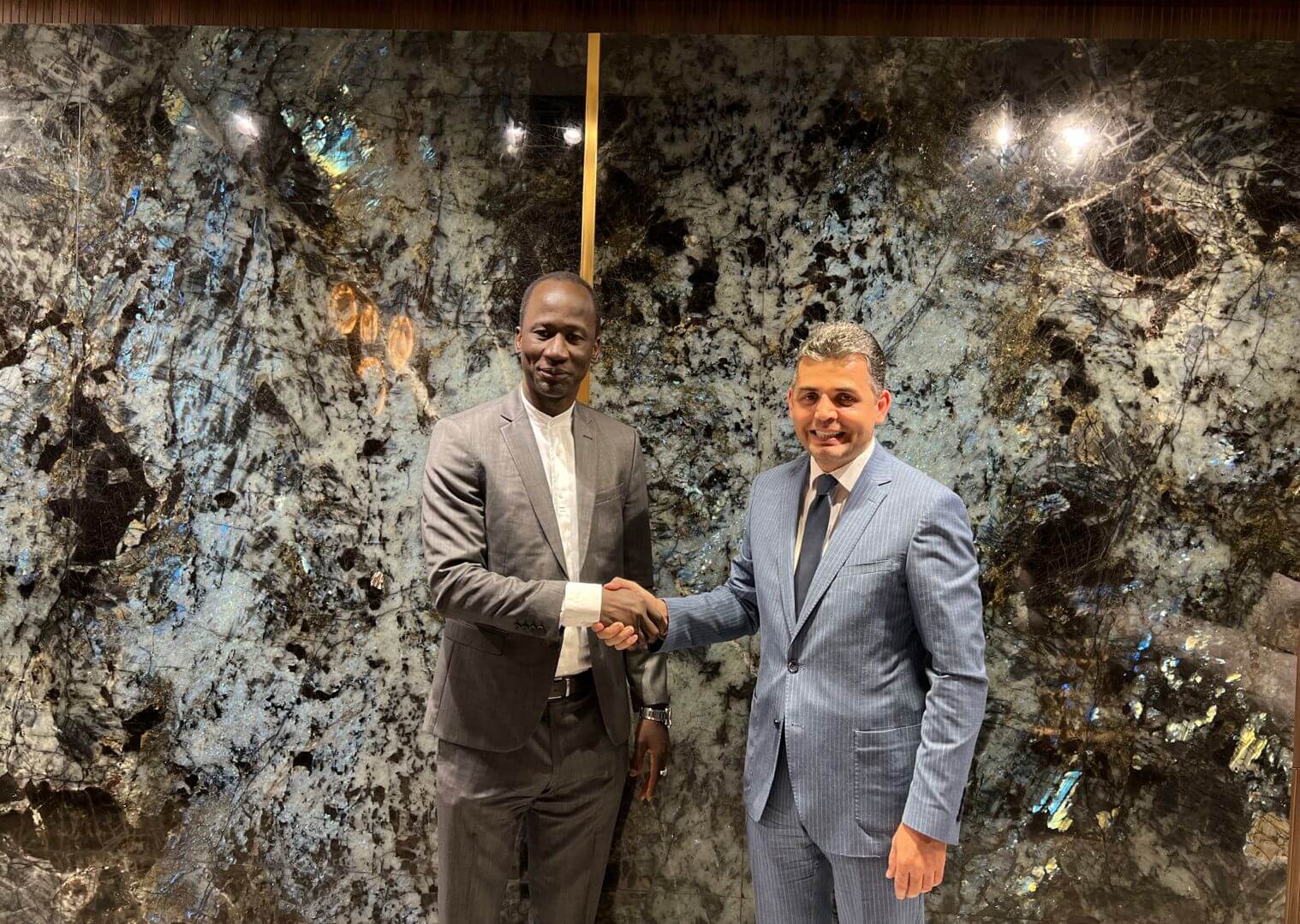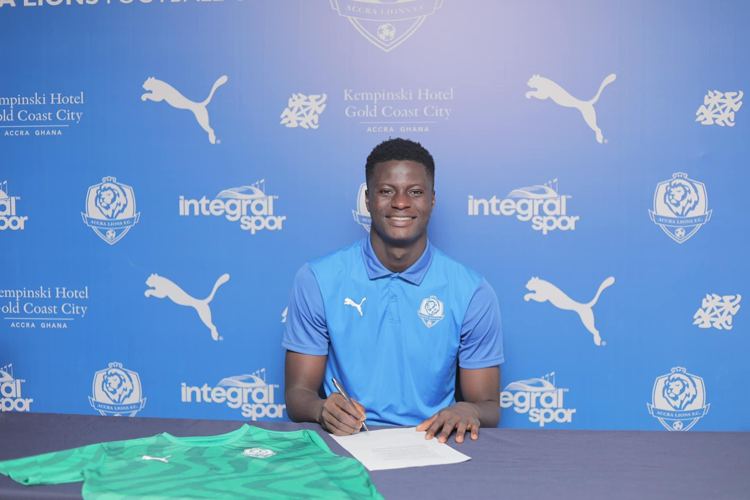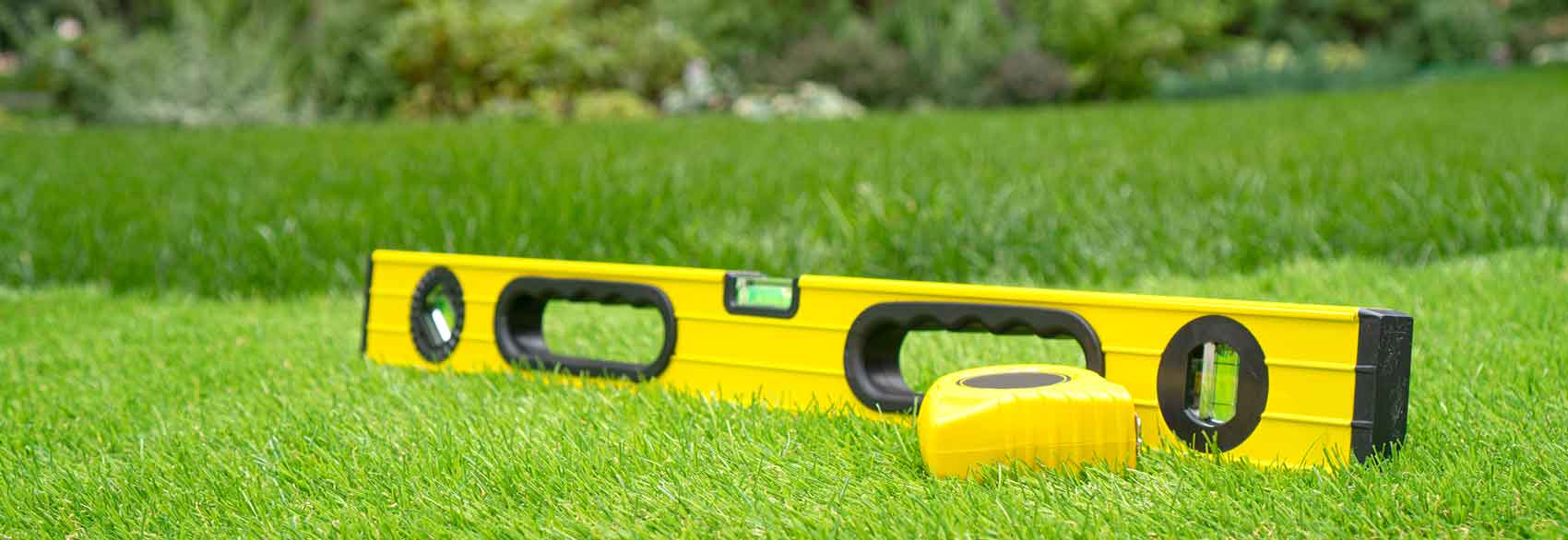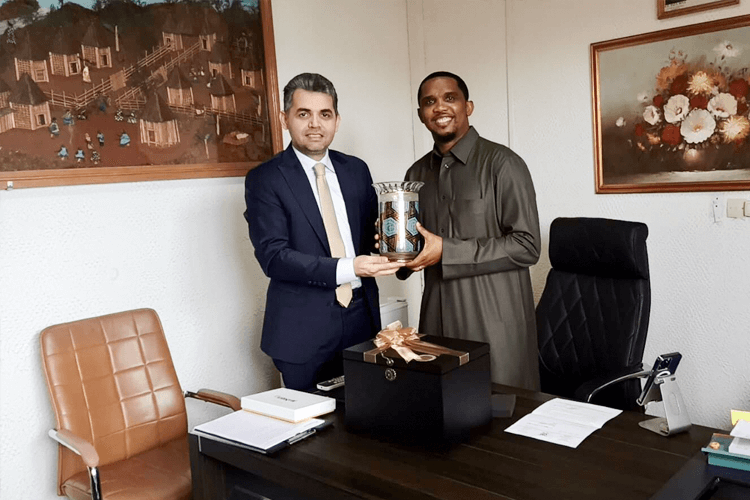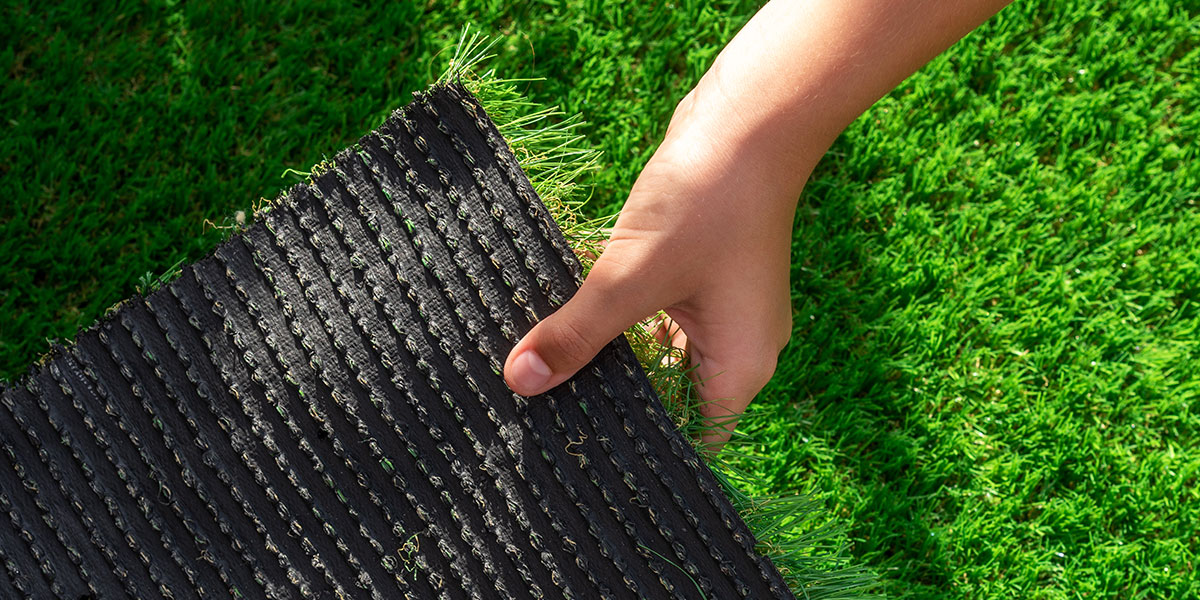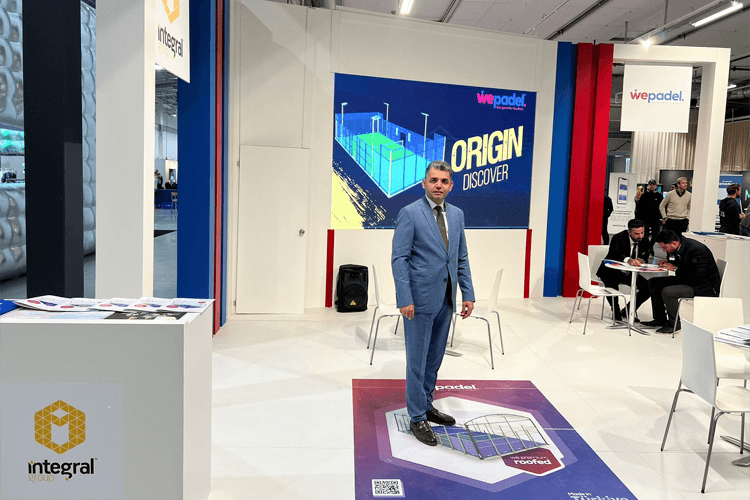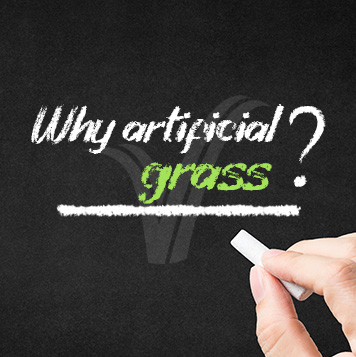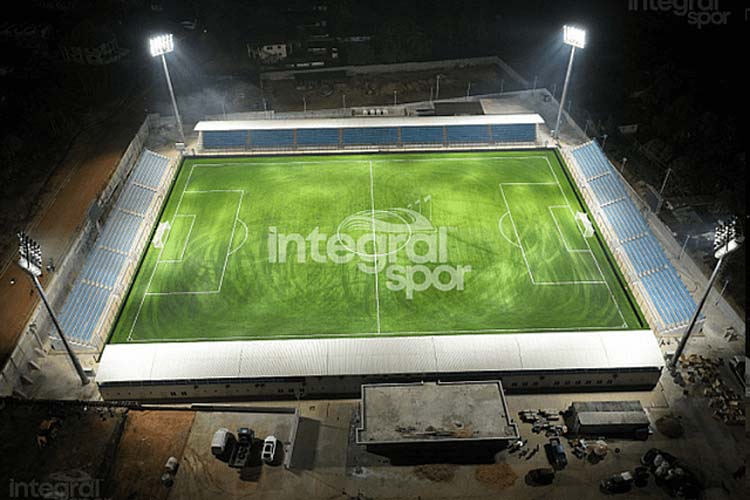Artificial grass, with ease of maintenance and low maintenance costs, as well as economic and environmental characteristics is a product much more preferred compared to real grass. To understand artificial grass, which can be used in parks, gardens and children's playgrounds as well as sports fields, better and to know before buying artificial grass, we have put together the terms for you. We have put them together for you. Be sure to check out our mini dictionary before you buy synthetic grass. Knowing synthetic grass terms will help you decide the turf products you need.
- ANGLED BALL BOUNCE: Angled ball bounce is one of the criteria in the tests performed by internationally authorized sports organizations such as FIFA in order to determine the technical characteristics of the field grounds. With the test methods performed at the fields, the surface-to-surface interaction that occurs as a result of the ball falling to the ground at an angle is followed.
- ANTI-STATIC: It is used to express whether the surface shows electrification as a result of the foot interaction with artificial turf used in sports fields. Static electricity in friction is not seen in artificial lawn because artificial turf has antistatic properties. This resilient structure of artificial turf offers users foot comfort.
- ARTIFICIAL GRASS: Designed with natural lawn appearance and comfort, artificial lawns are among the new generation floor systems. It is produced as an alternative to natural grass and has many different usage areas such as sports fields, gardens, children playgrounds. Artificial turf, whose raw material is petroleum, is obtained by weaving yarns made of polyethylene material.
- BACK COATING: Refers to the material covering the lower surfaces of artificial turf. It is a type of adhesive coating. Thanks to the tread applied to the bottom layer of artificial turf fields, artificial turf fibers stay together intact and without deterioration.[/vc_column_text][vc_column_text]BALL-SURFACE INTERACTION: Refers to the reaction of the ball to the playing surface. The ball-surface interaction is important to determine the performance of the ground as the ball moves along the surface. In each sport, the competent bodies have the ball-surface interaction of the playing fields tested by the accredited institutions and report compliance.
- CARPET FIELD: Artificial turf is the most intensive field of application. Although astro pitches have different floor types, artificial turf is the most useful system. After the infrastructure works, the field surface is made ready for artificial turf installation and its application is made. Indoor and outdoor types of astro pitches have a good quality floor, player safety and quality of operation is important as well.
- DRAINAGE SYSTEM: It is the infrastructure works that should be performed in the area where artificial grass installation will be performed. The drainage system is designed to drain water absorbed by artificial turf due to rain. Drainage systems, which are applied with different systems depending on the climatic conditions, are necessary to protect the artificial turf against decay, extend the service life and ensure the safety of the area.
- EPDM GRANULE: Ethylene Propylene Diene EPDM is a type of synthetic rubber and is used as a type of infill. It is used in sports fields such as football, tennis and basketball as well as children's playgrounds. EPDM padding provides a secure floor with its elastic structures, while it makes the appearance of artificial turf more natural and improves performance with its high holding properties.
- FIBER: Is a singular version of artificial lawn. An artificial lawn carpet consists of thousands of artificial turf fibers. It can be formed with different blade heights. Fibers with different blade heights each give a different effect to artificial lawn. There are different types such as oval, vista, diamond, omega.
- FIFA: The International of Association Football (FIFA) is the top governing body of football organizations around the world. Synthetic turf football fields are approved by FIFA with many different criteria taken into consideration. Synthetic turf pitches are subject to approval according to various design and performance criteria with the supervision and approval of FIFA. FIFA officials conduct tests for ball interaction, bouncing, friction, and player-to-surface interaction by reporting suitability for pitches and grounds.
- FILLING: The filling process applied between the artificial turf yarns is used to increase the comfort of the fields, to make the artificial turf fibers in a more upright position and to ensure the player safety and is one of the base materials of artificial grass installation. It is one of the most important stages of artificial turf installations. The filling process has many advantages for sites, players and users. Filling processes give the fields a natural appearance, provide elasticity and non-slip properties. There are many different types of infill used for artificial turf. The most commonly used types of infill are SBR, TPE, EPDM rubber granules.
- HYBRID GRASS: Hybrid grass refers to the combination of real grass and artificial grass. Real grass and artificial grass durability comes together to form hybrid grass. Real grass grow between the artificial grass fibers with the ability to penetrate deeper grow and strong ground is obtained. Hybrid lawns offer advantages in terms of irrigation problems, intensive use and maintenance costs.
- MAINTENANCE: They are the operations made to prolong synthetic grass’ life and increase its performance. Synthetic grass surfaces can be maintained with brushing, sweeping and blowing methods. The purpose of the scrubbing method is to redistribute the filling which is deteriorated over time. Sweeping and blowing should be done periodically in order to keep the artificial turf surfaces cleaner.
- MONOFILAMENT: Synthetic grass used for sports fields, gardens and landscaping areas has different types of yarns. One of these types of yarn is monofilament yarn. The diameters of monofilament yarns produced from a single filament of a certain thickness which have different µm values.
- NAIL: Nails are the connection elements that are used in artificial grass installation to fix artificial turf to the ground. It is used to make the ground more solid and to keep artificial grass together. It is galvanized to prevent corrosion and is safely applied against injuries.
- PLAYER-GROUND INTERACTION: In sports fields, effects such as shock absorbency, skin irritation and ball bounce on the player form the player-ground interaction. Player-ground interaction, which has significant impacts on the quality of the game and the performance of the player, is tested in laboratories by FIFA's accredited institutions. In the tests performed, the player-ground interactions are measured and their compliance with the criteria determined by FIFA is determined.
- POLYMER: The chemical molecules where the filling systems of synthetic fibers are made are called polymers. The polymers used for artificial grass fibers include polyethylene, polypropylene and polyamide. Polymers having a complex structure consist of chain-like macromolecules.
- SYNTHETIC GRASS ADHESIVE: It is used for attaching turf seams and end areas. The bonding process is important for the stability of the artificial grass rolls together and for the comfort of the treated area. The use of water, sun and climate-resistant adhesives creates a long-lasting bond between artificial turf. Urethane, polyurethane, latex and isocyanate-free types are available.
- SBR GRANULE: It is one of the filling materials used in artificial grass installation. SBR granules, consisting of rubber infill particles, are a safe application for open fields with their flexible structure and non-slip properties. Astro pitches, tennis courts, running tracks are widely preferred. With its weather-resistant structure, it provides a safe base for sports activities.
- SILICA SAND: Silica sand is a type of sand used in artificial grass installation fillings. It is used for stabilization and allows synthetic turf to retain their appearance. Silica sand, which has a fine and rounded grain structure, provides comfort to the ground and helps the artificial turf to maintain its performance for a long time.
- SHOCK PAD: Shock pad used as subfloor in artificial turf applications, gives safety and elasticity to the fields. Shock pads of various thicknesses absorb the impacts, maximizing players' performance while minimizing injuries and vibrations in the body. It plays a role in increasing the quality of the game by recoil ball control.
- TPE GRANULE: TPE granules are thermoplastic elastomers. It is a rubber infill type material which returns to its prior shape when heated or pressured. Made of recycled material, TPE granules hold plastic and elastomer properties together and show high strength.
- VERTICAL BALL BOUNCE: The vertical ball bounce is one of the concepts that express ball-surface interaction. When the ball is in contact with the surface perpendicularly, it indicates whether the ball has a degree of jump and loss of direction. As a result of the tests performed by the related organizations, the vertical top hop characteristics of the sports fields are determined and the quality of artificial turf and ground is determined.


